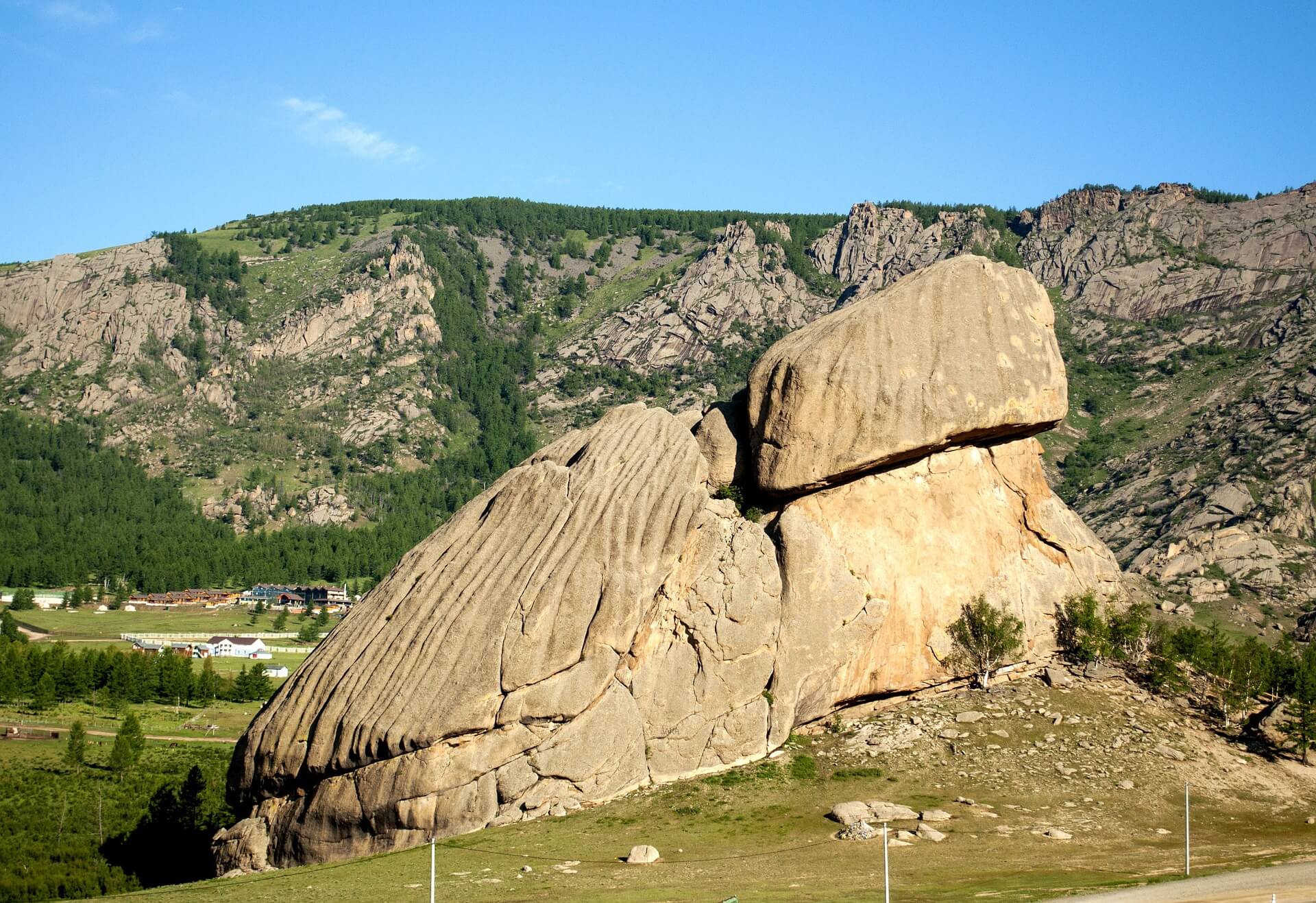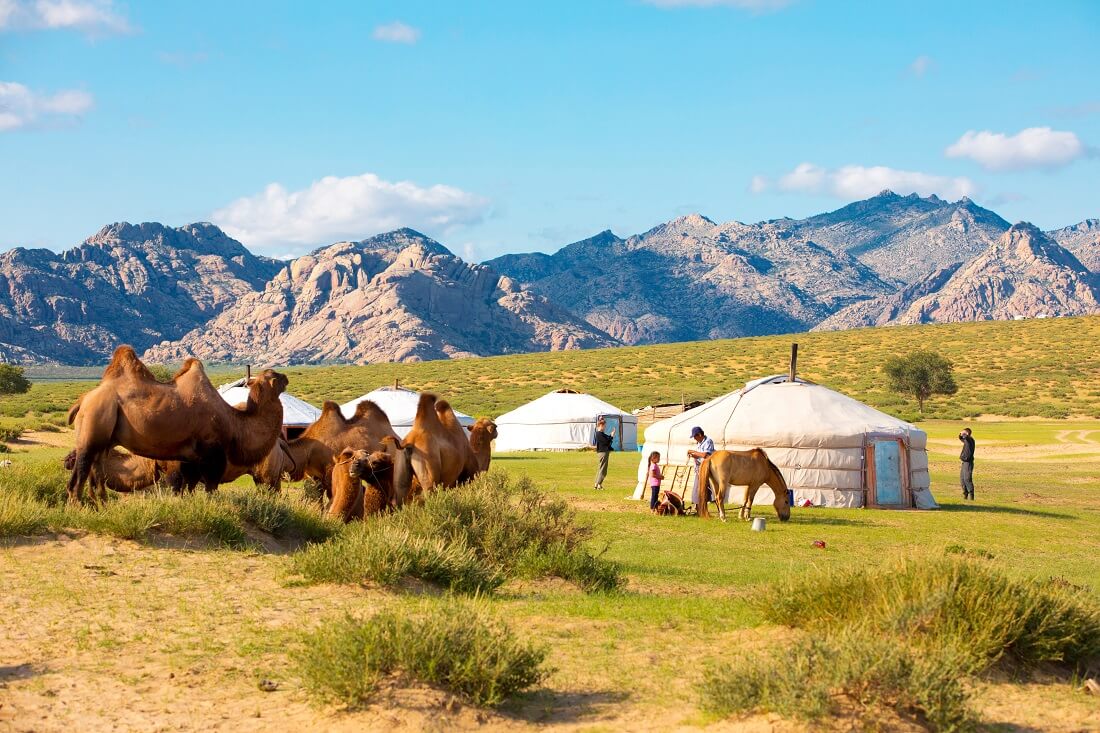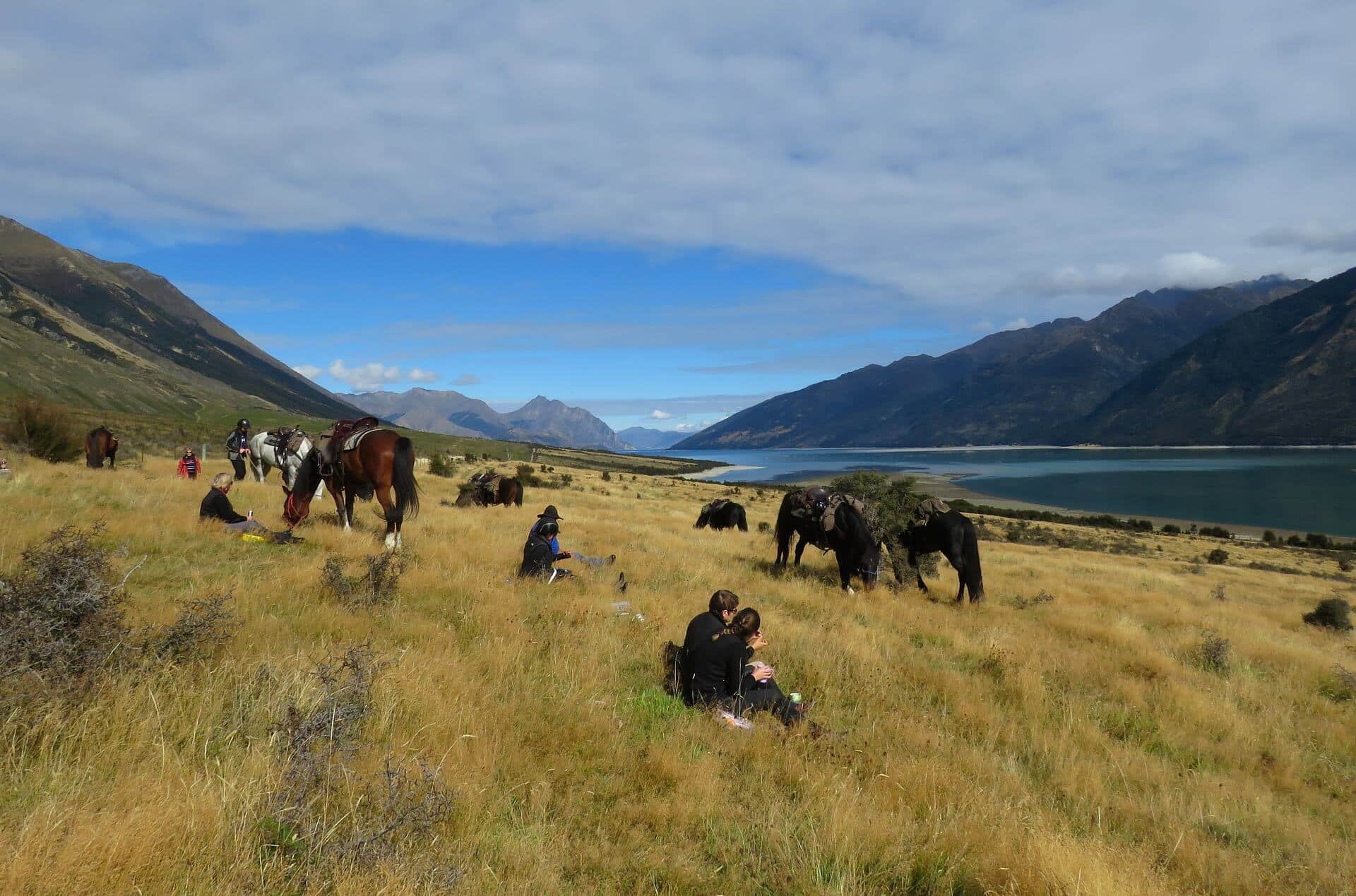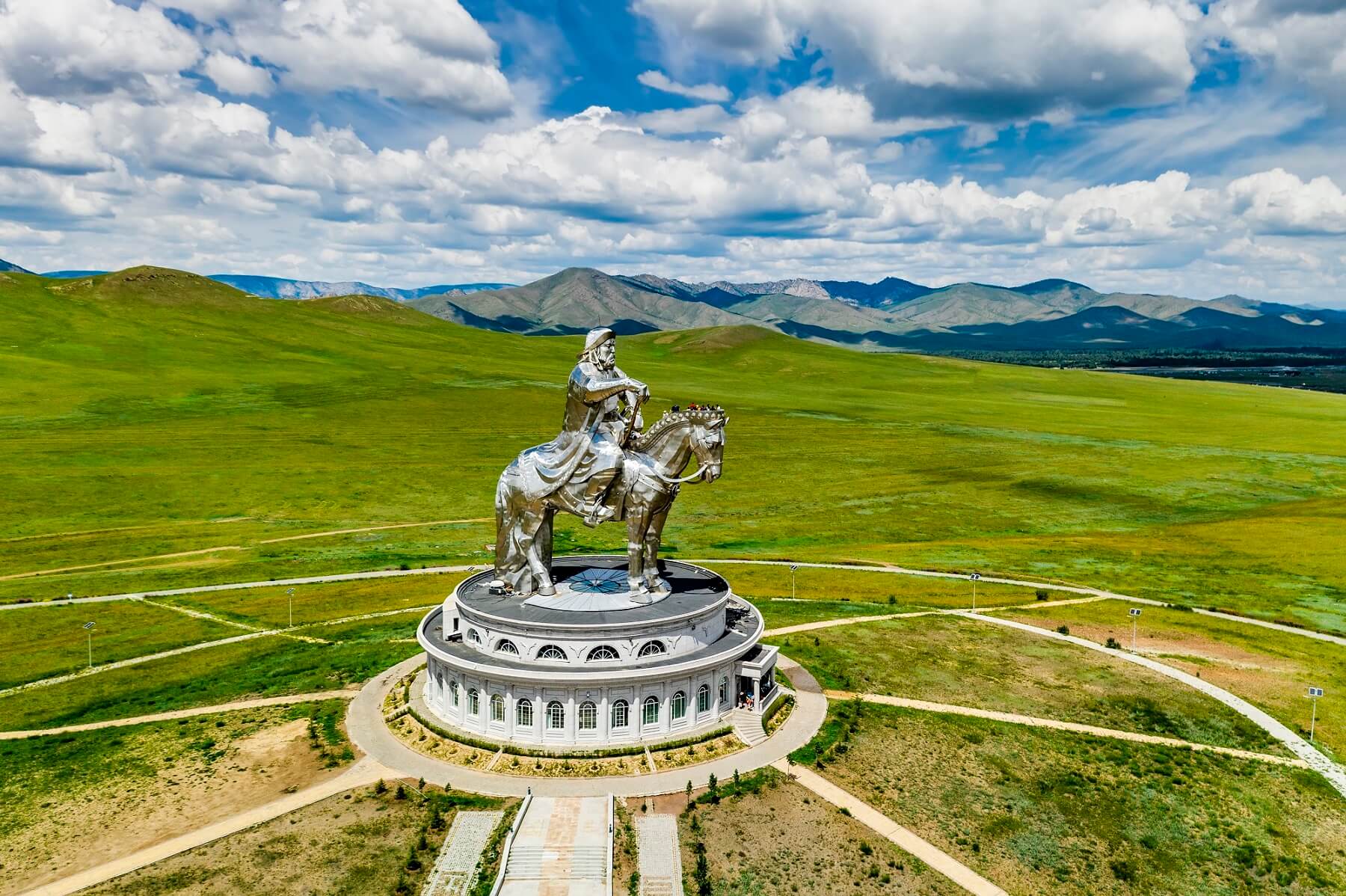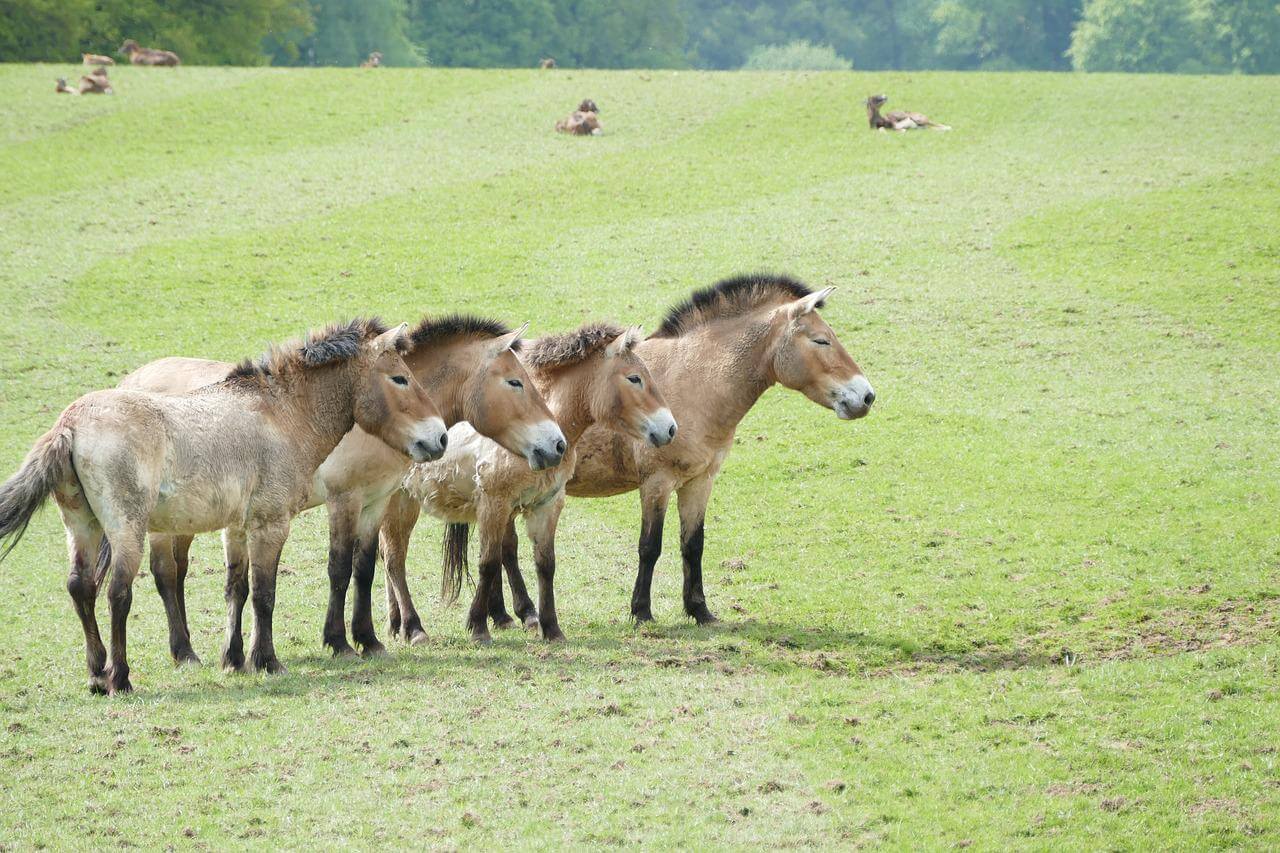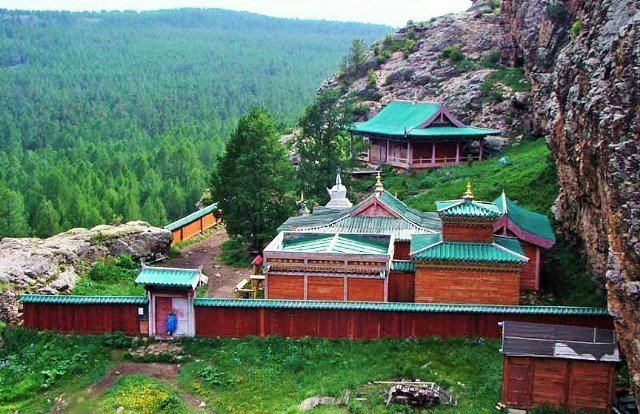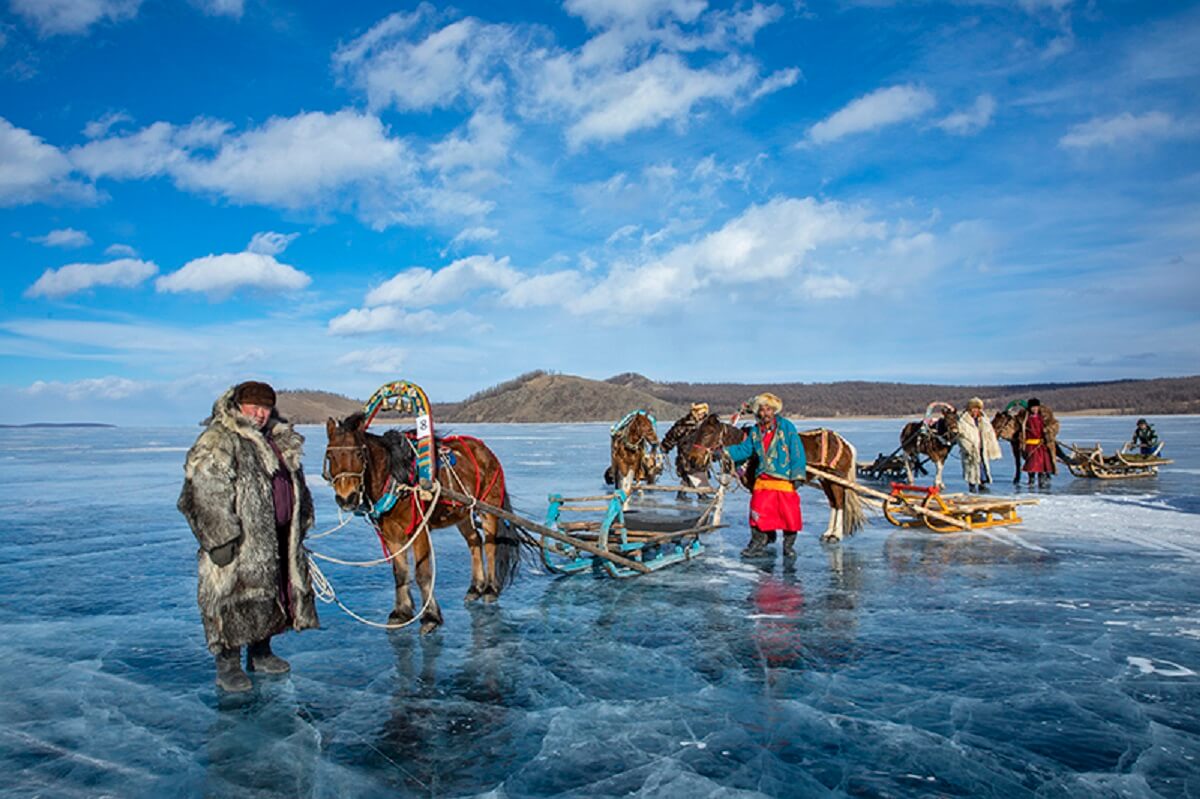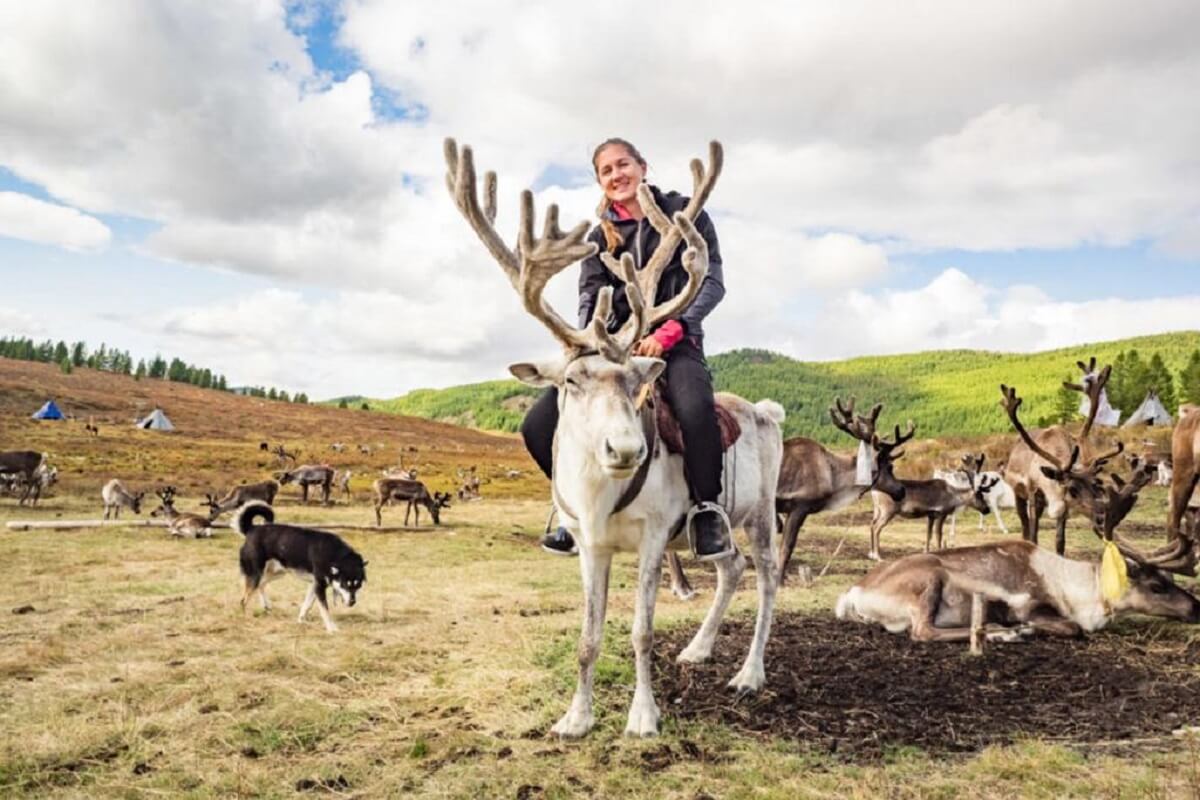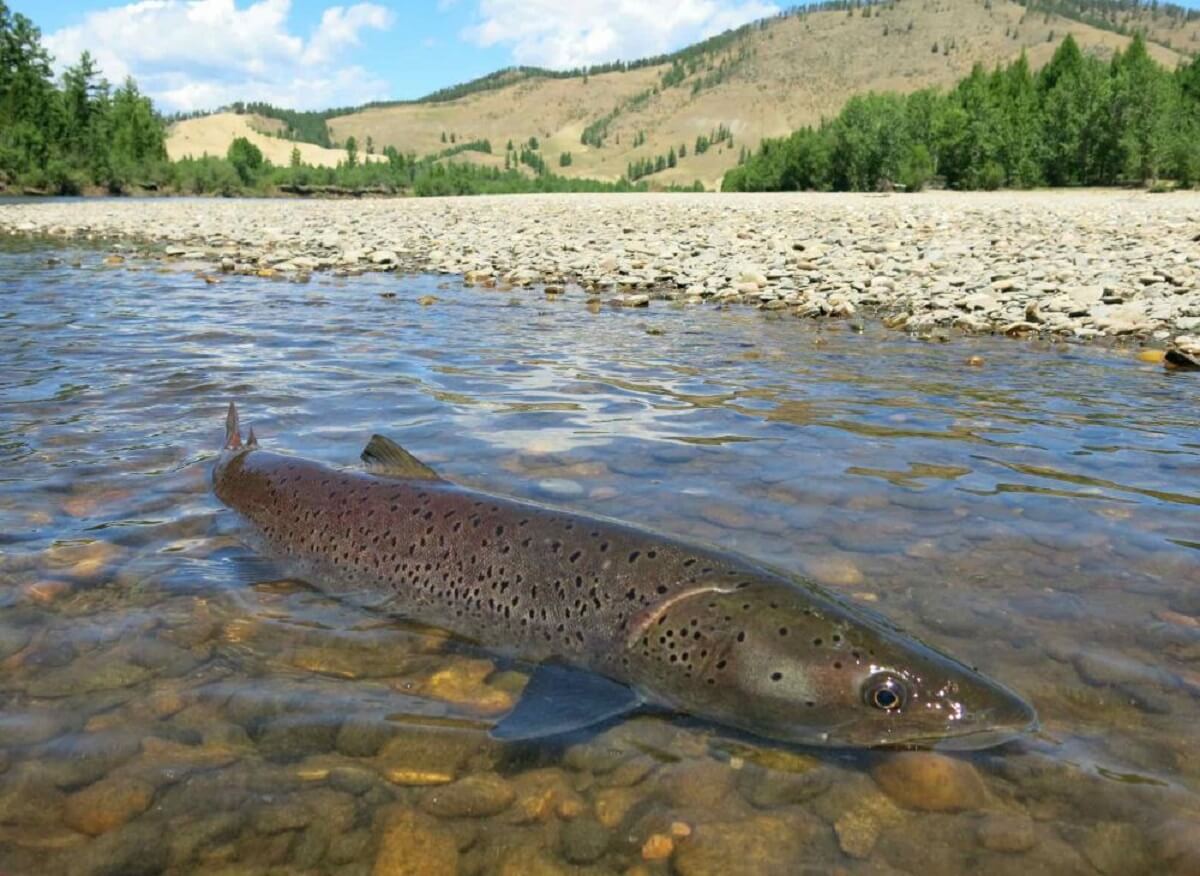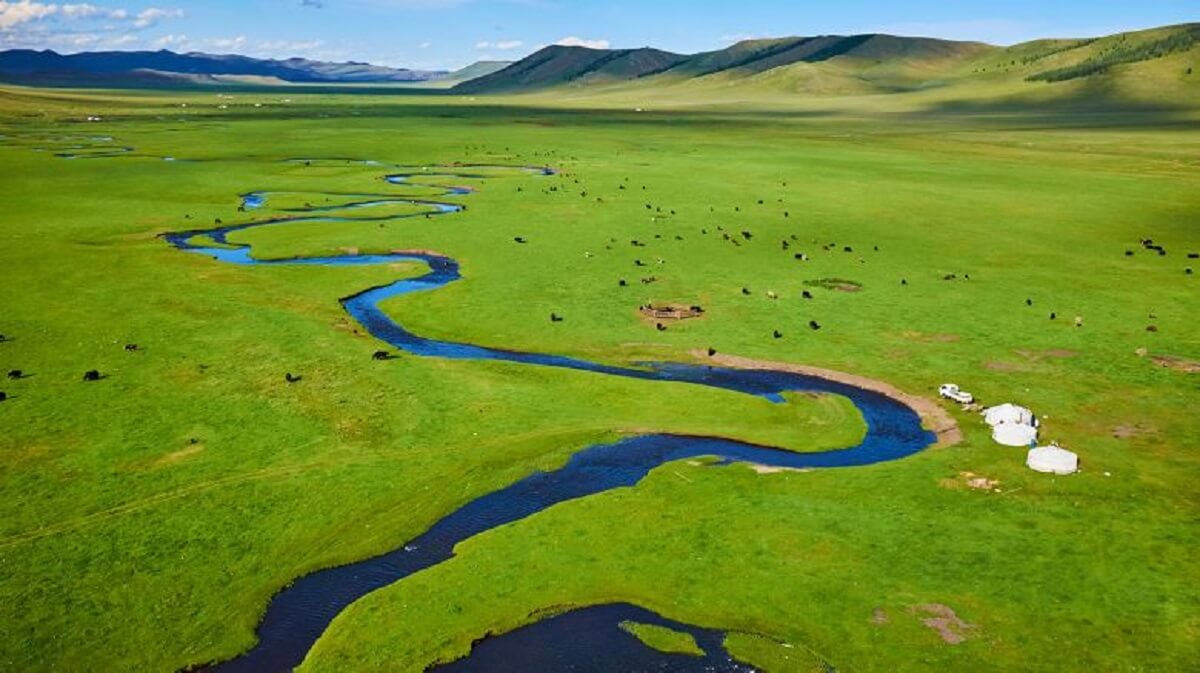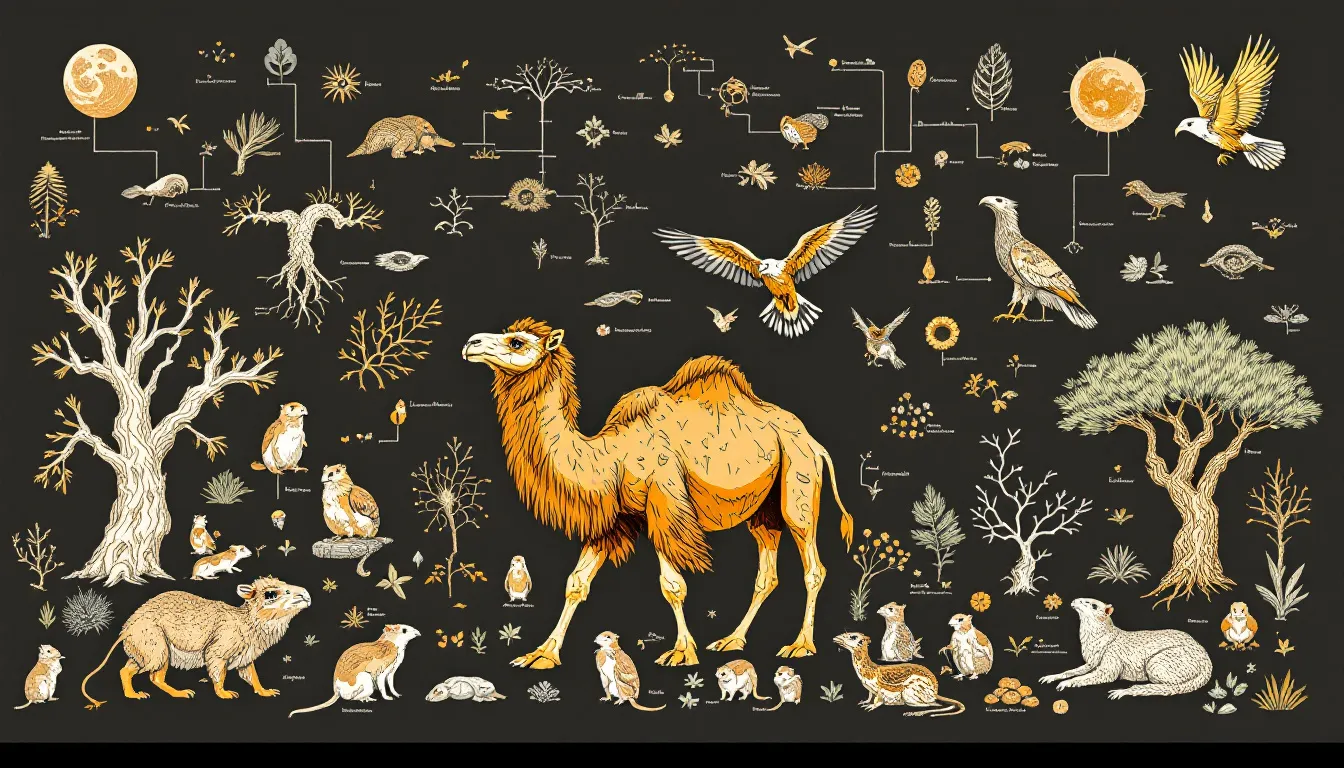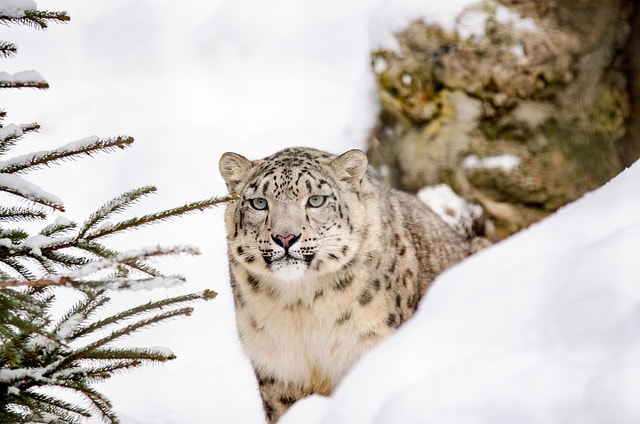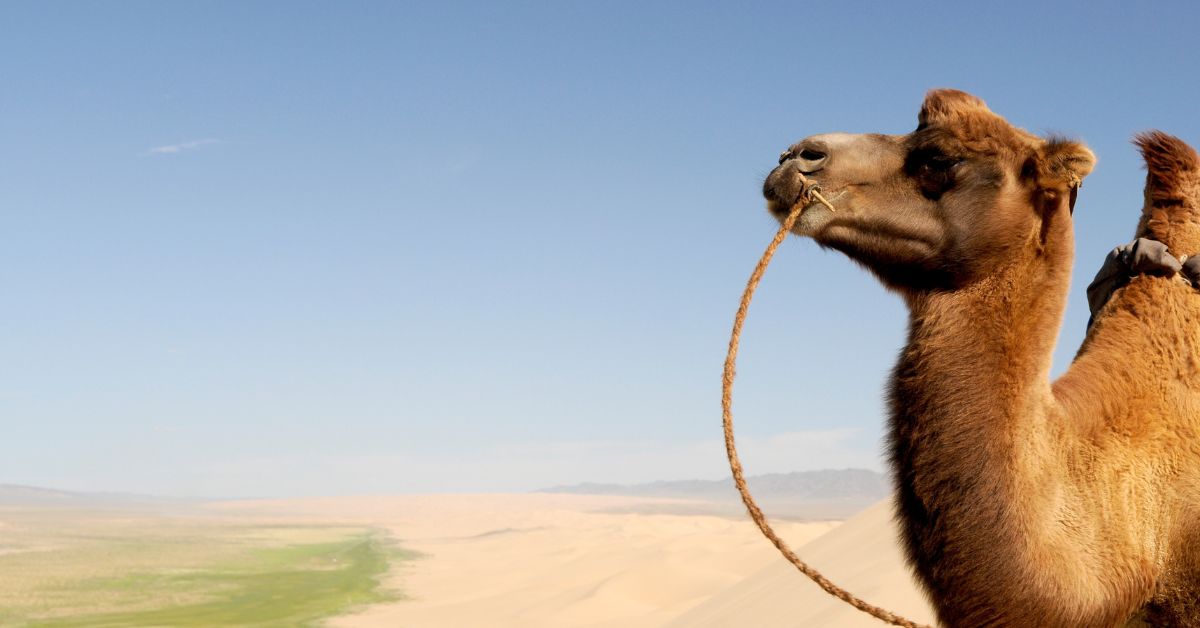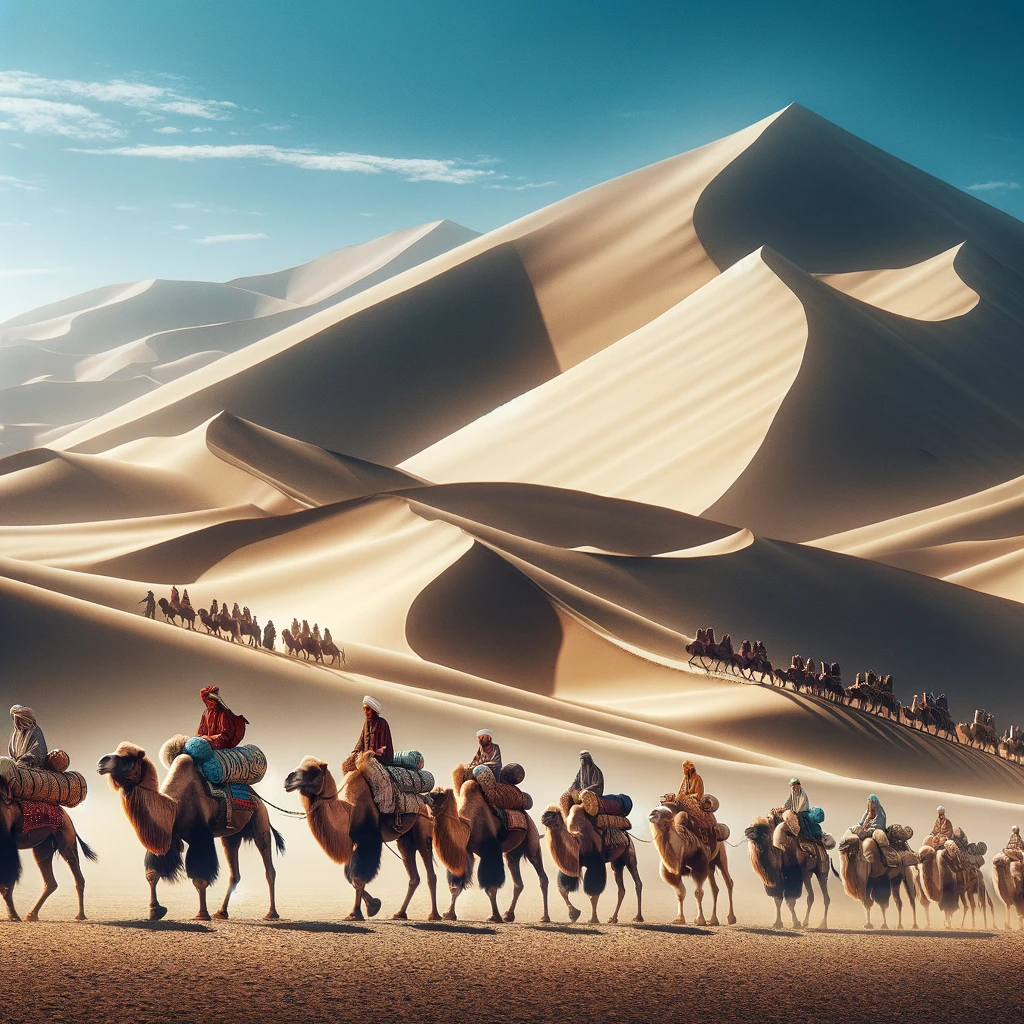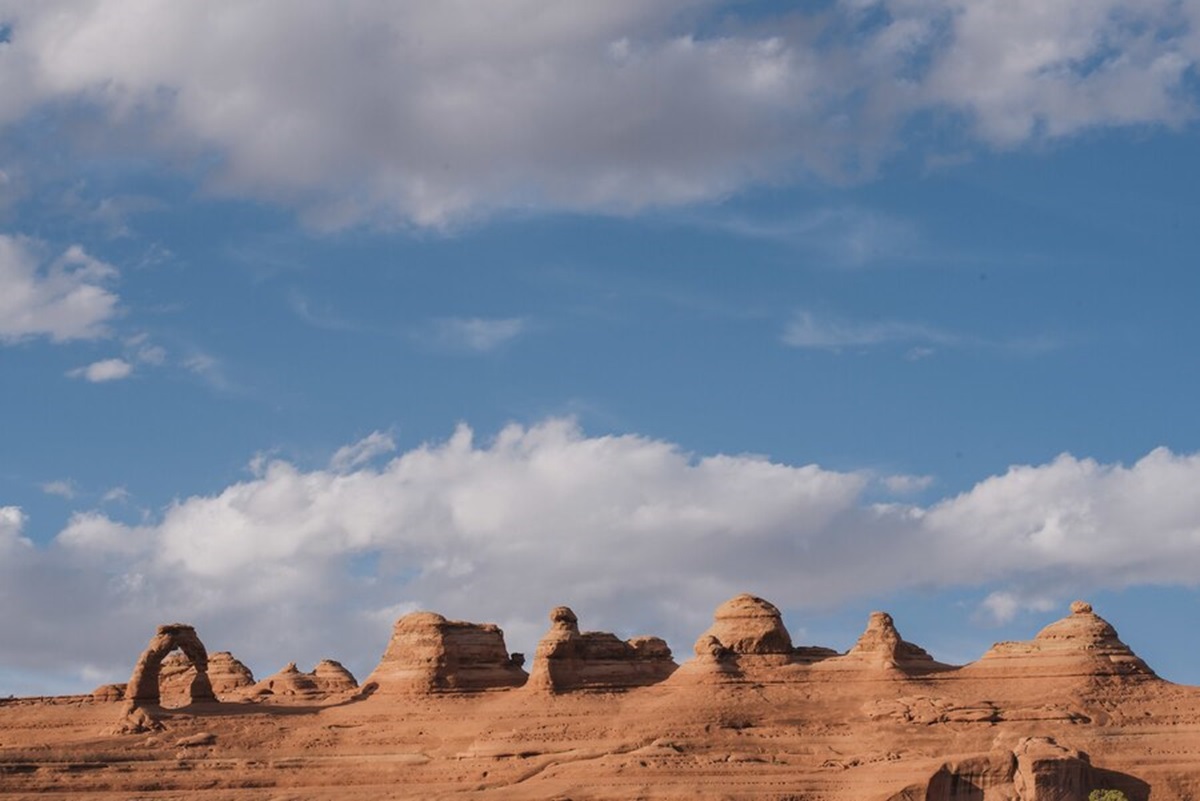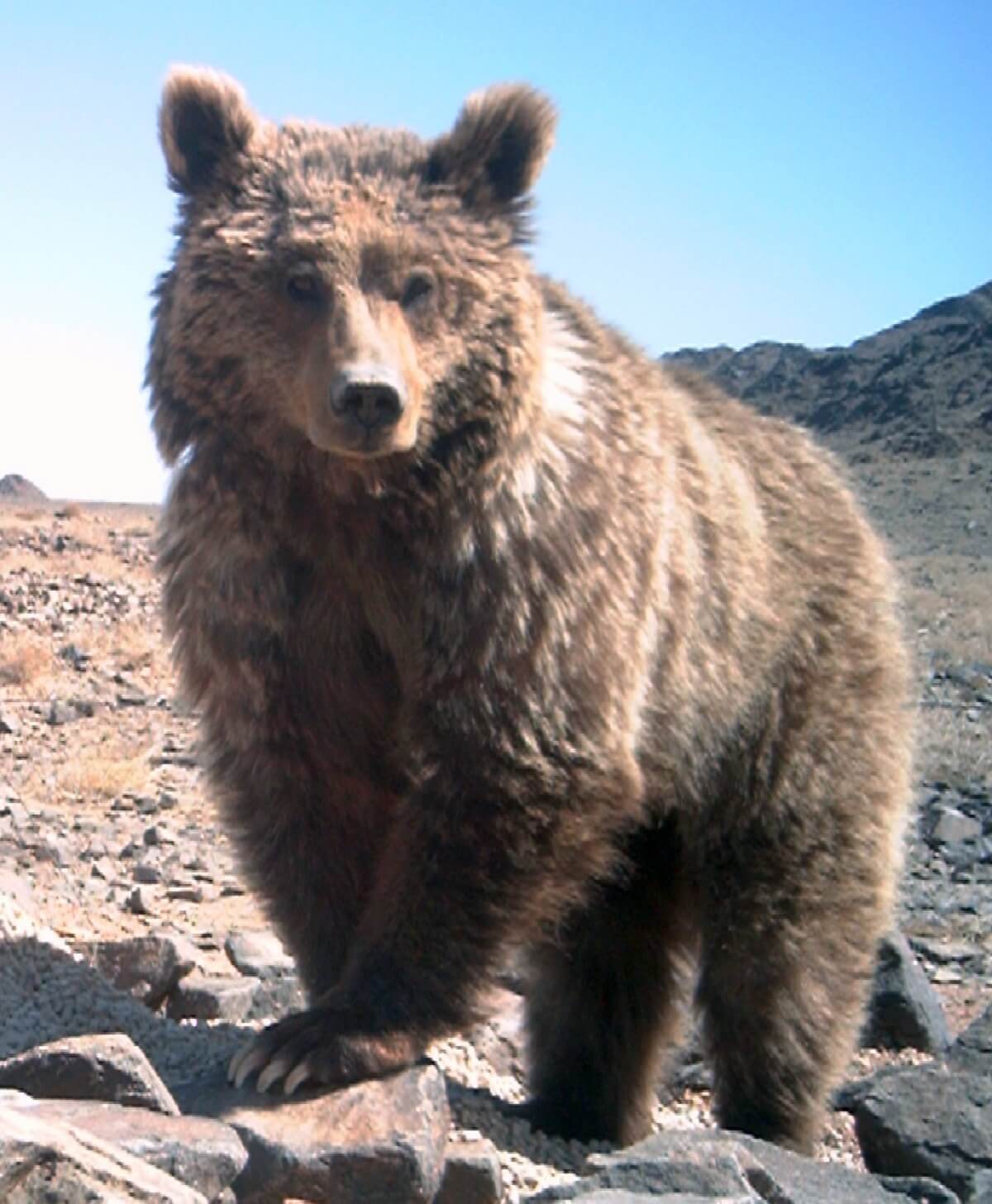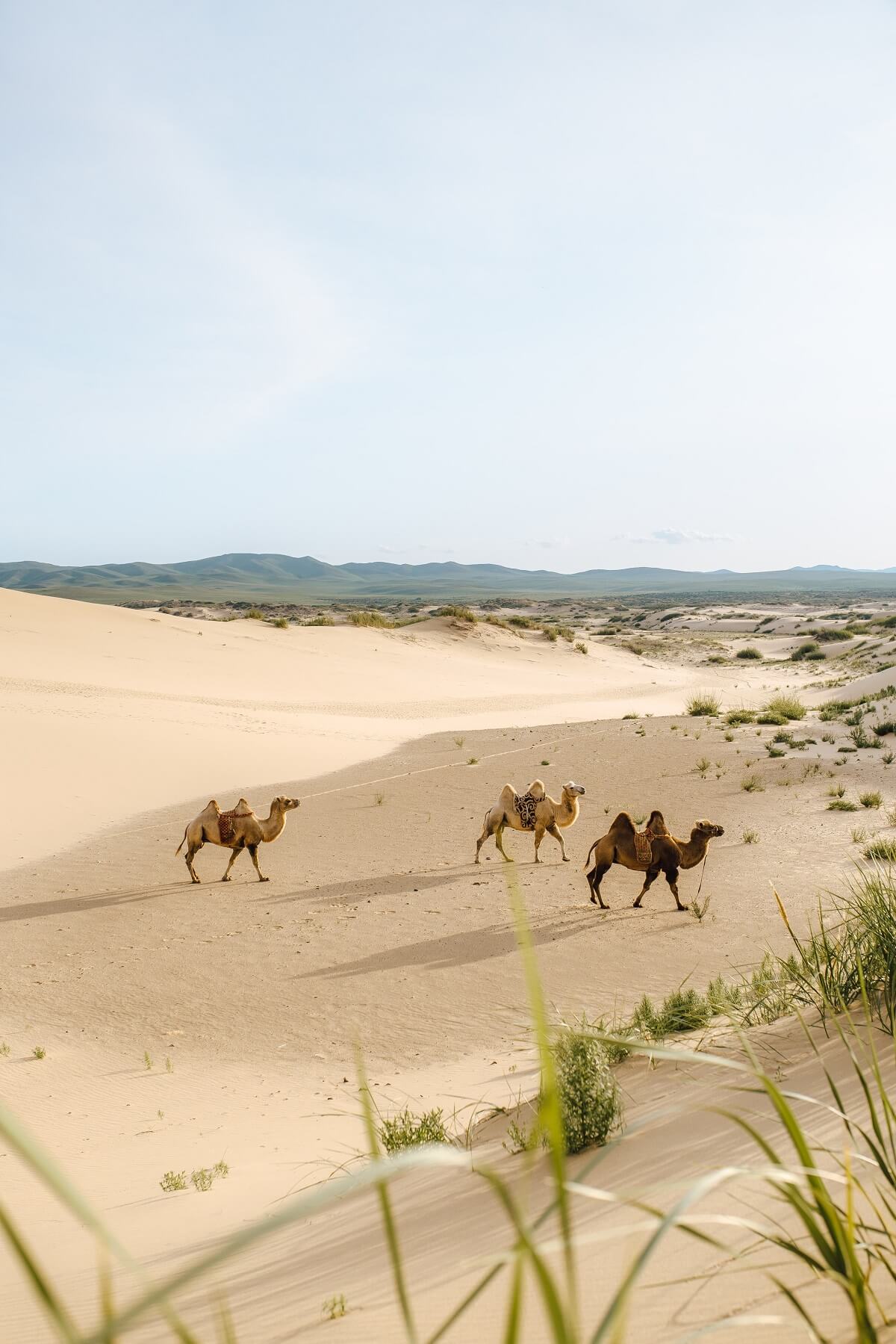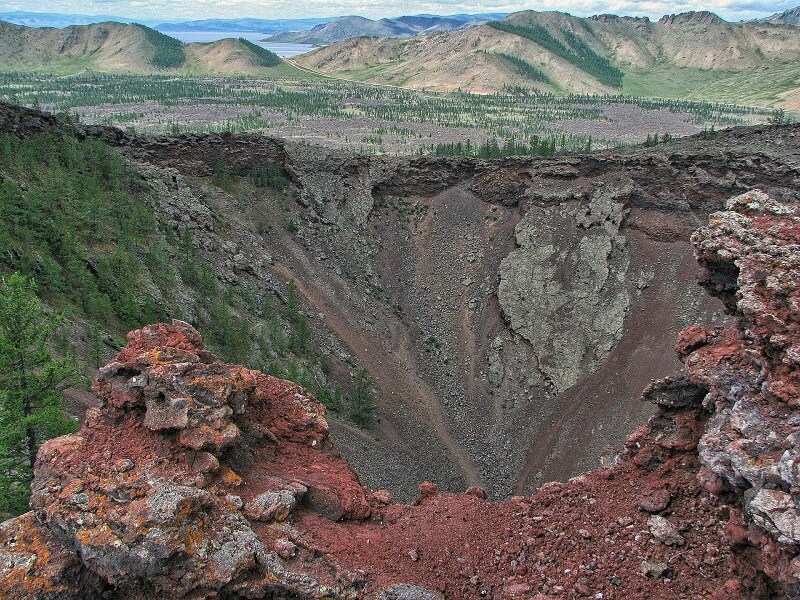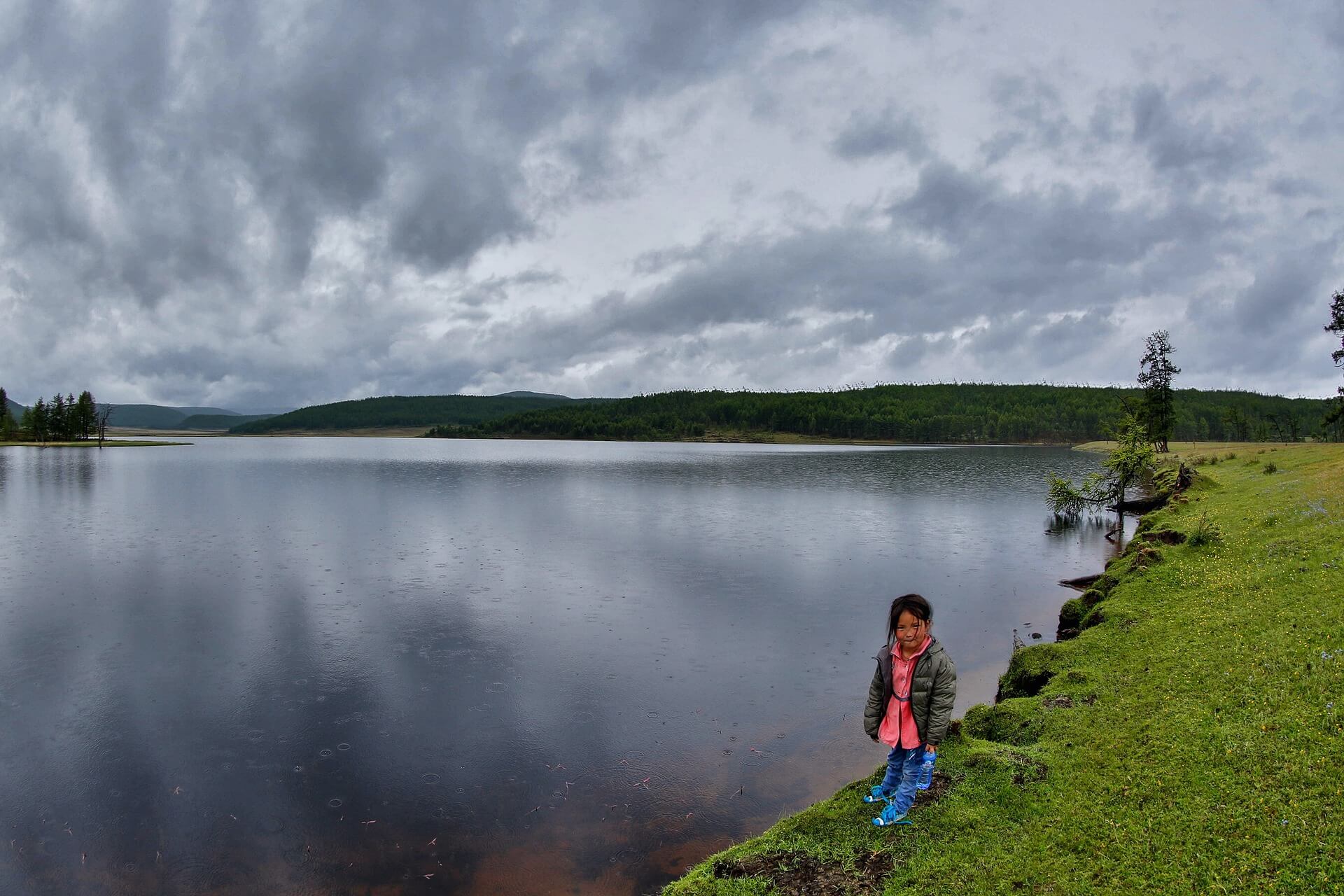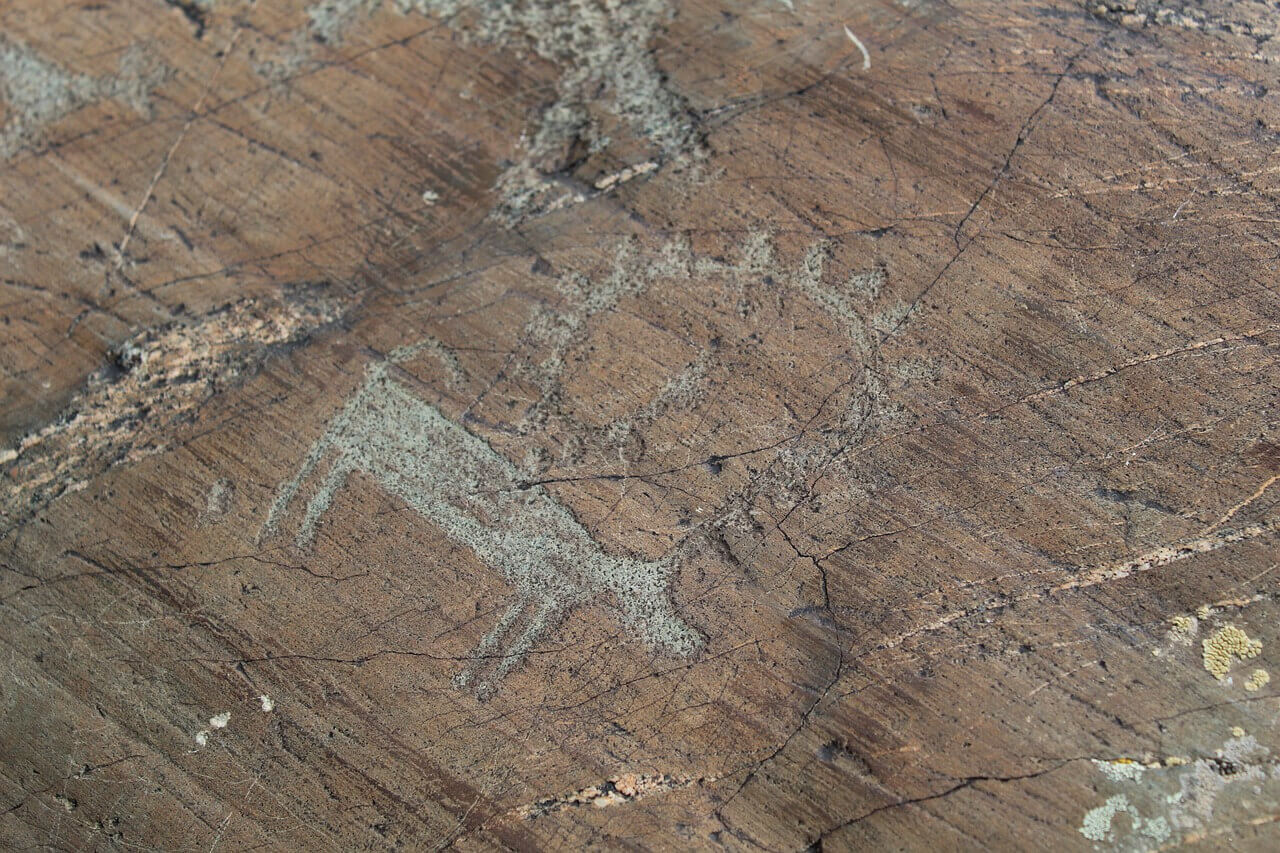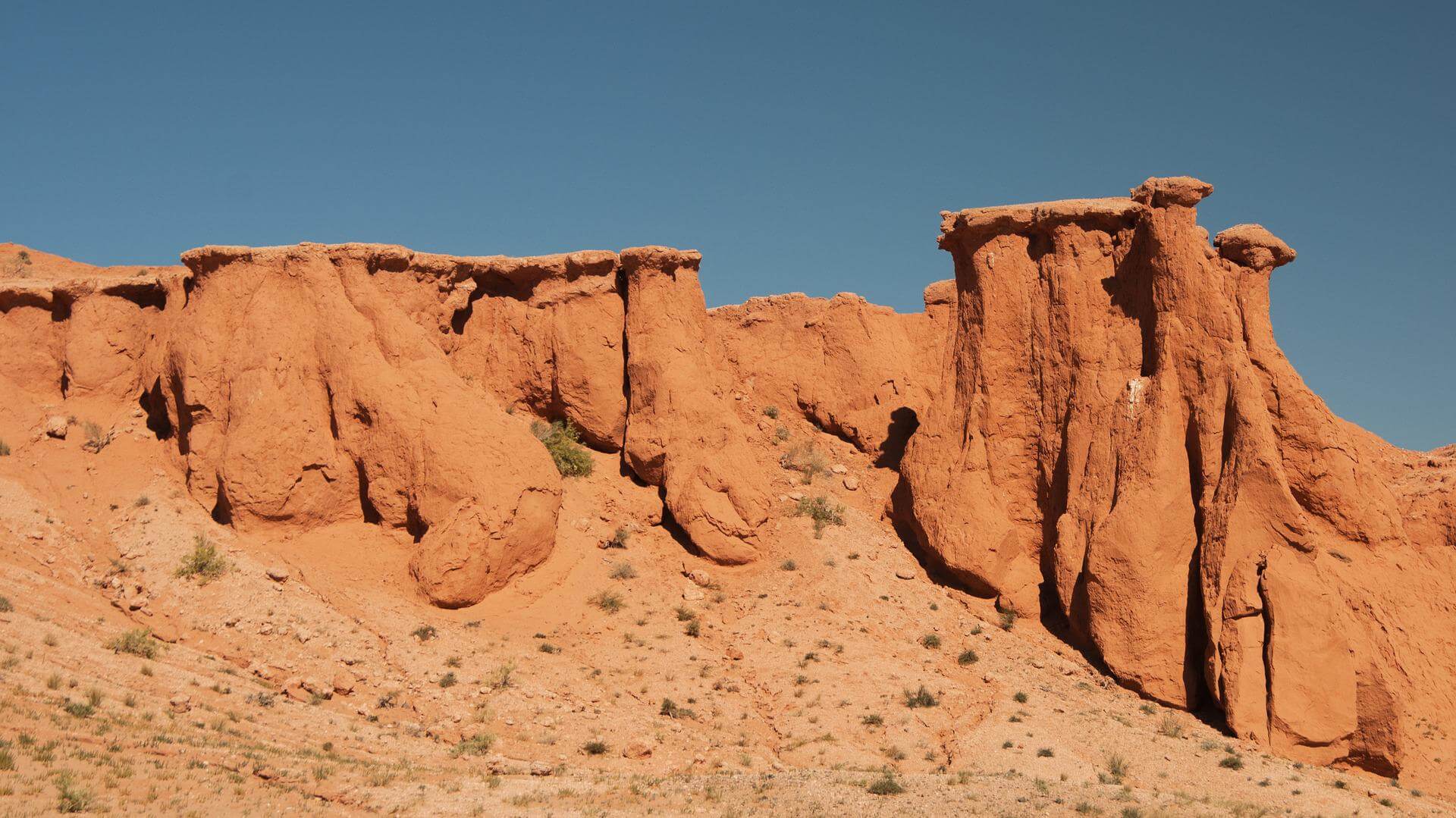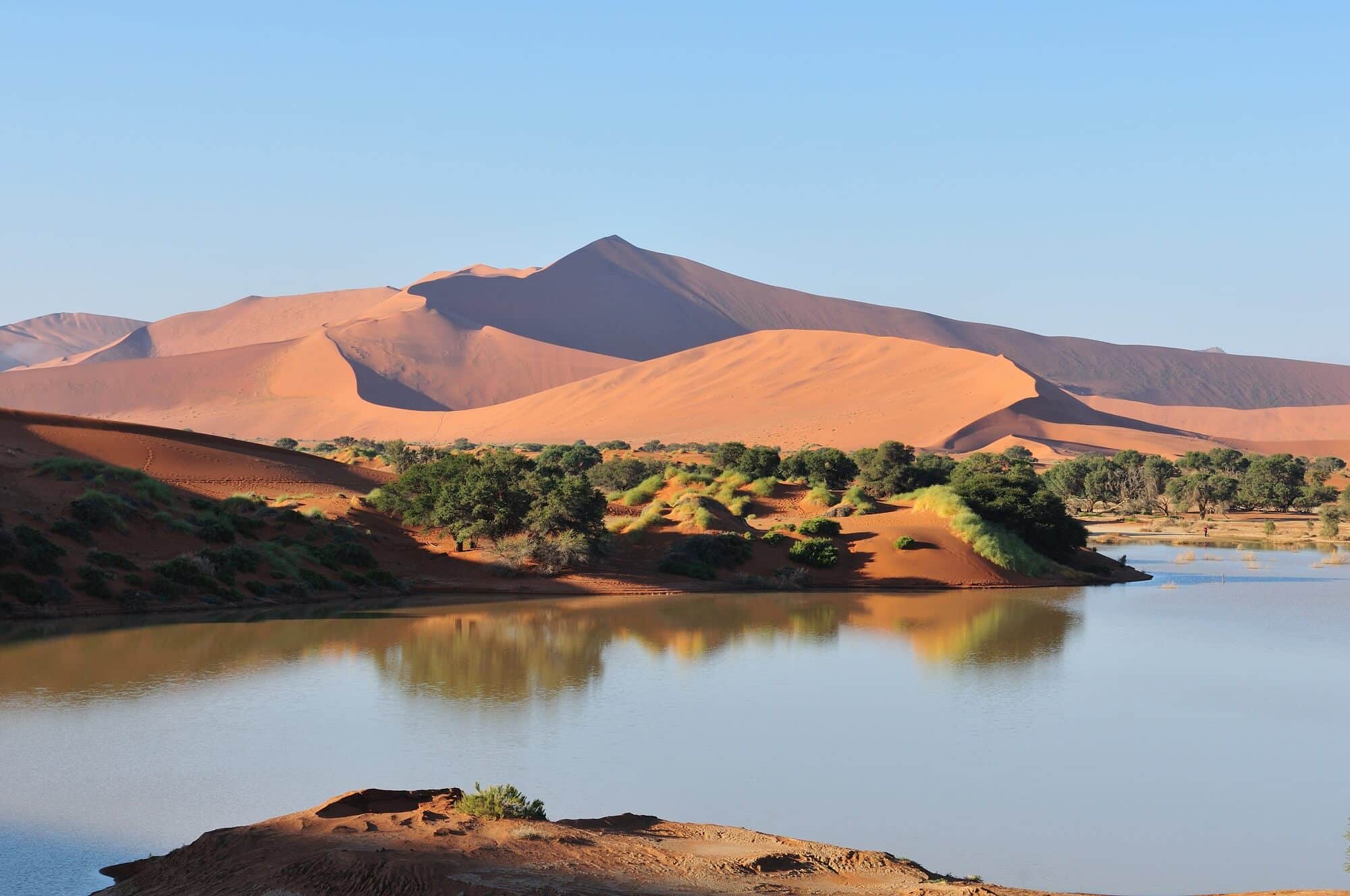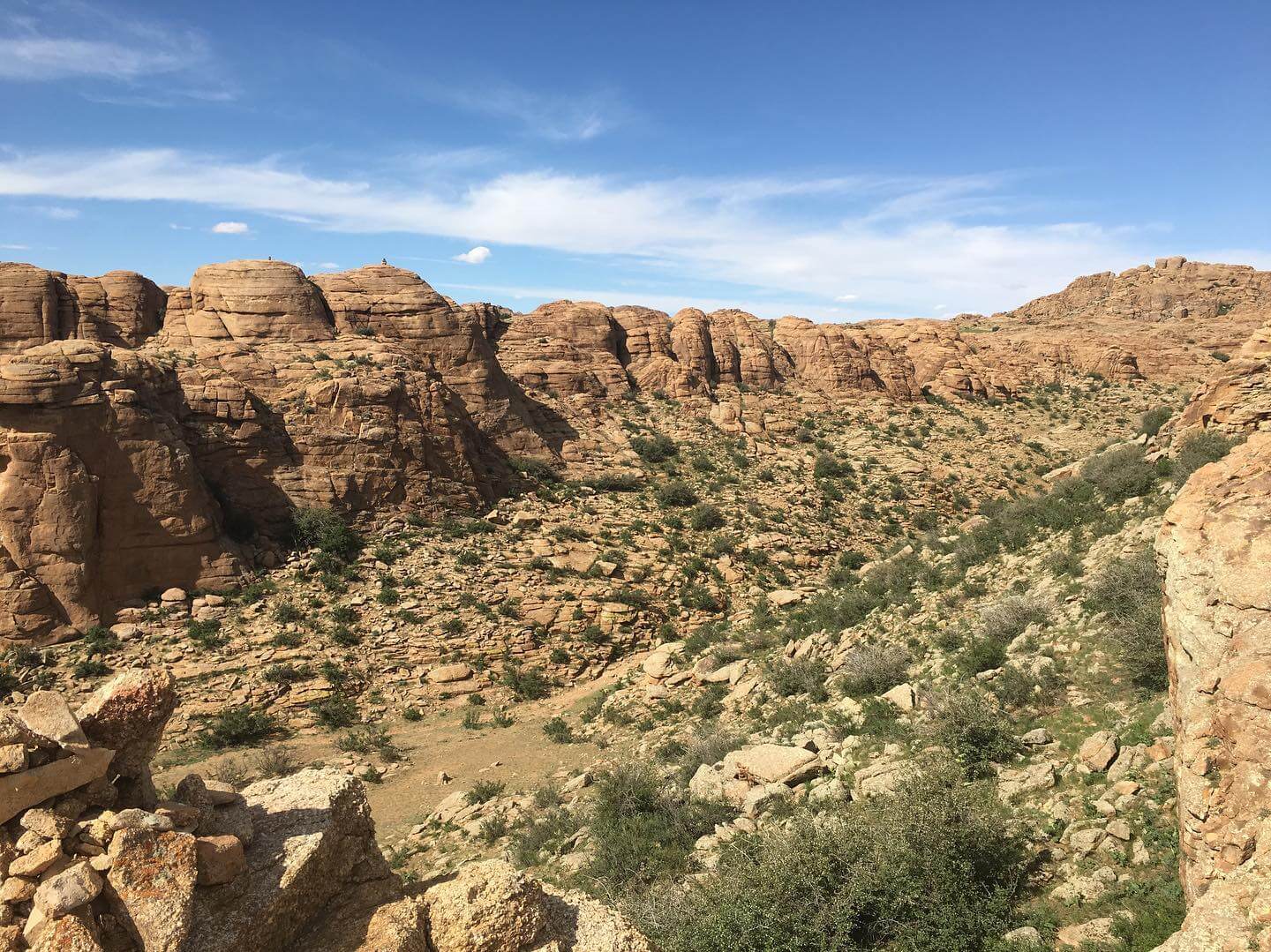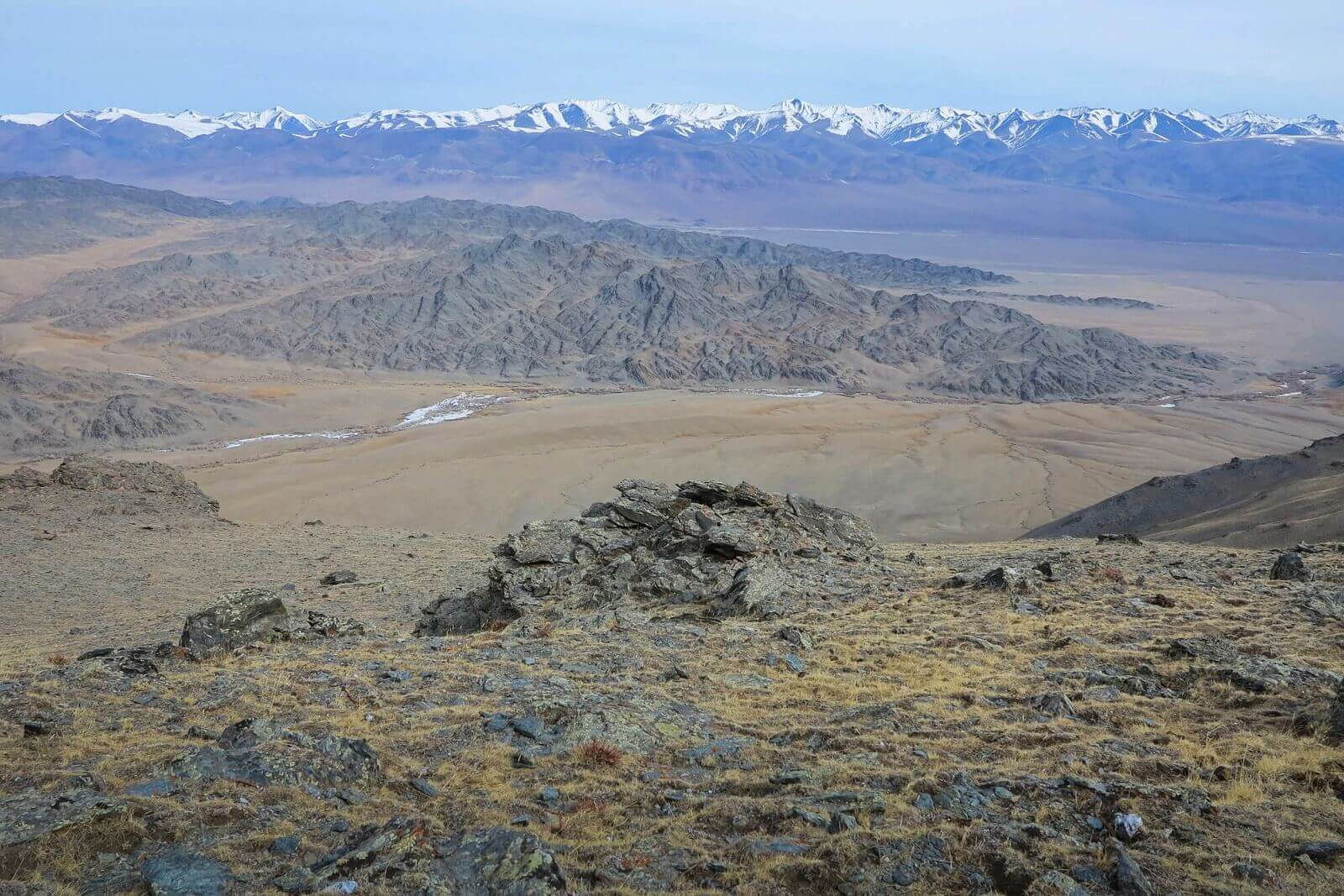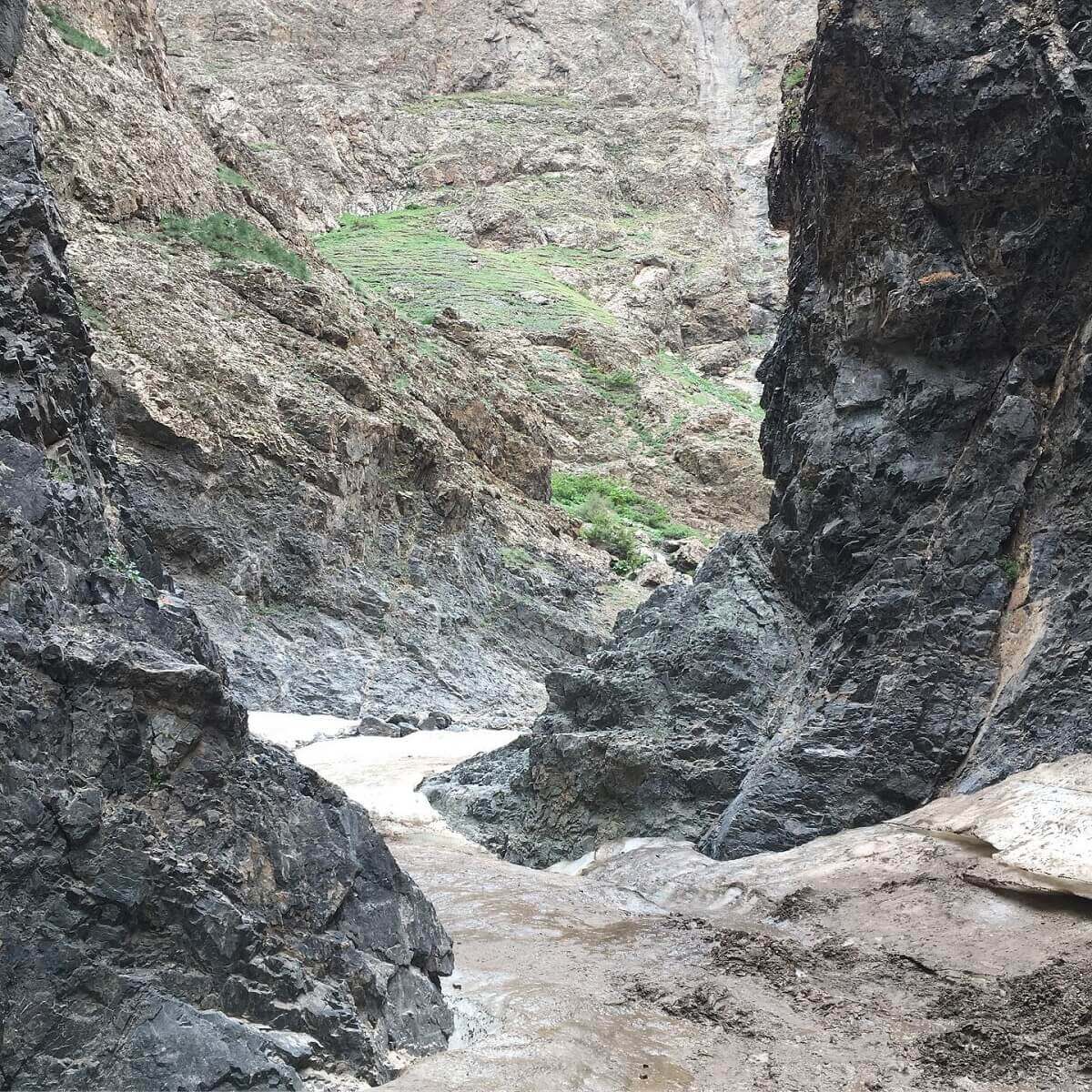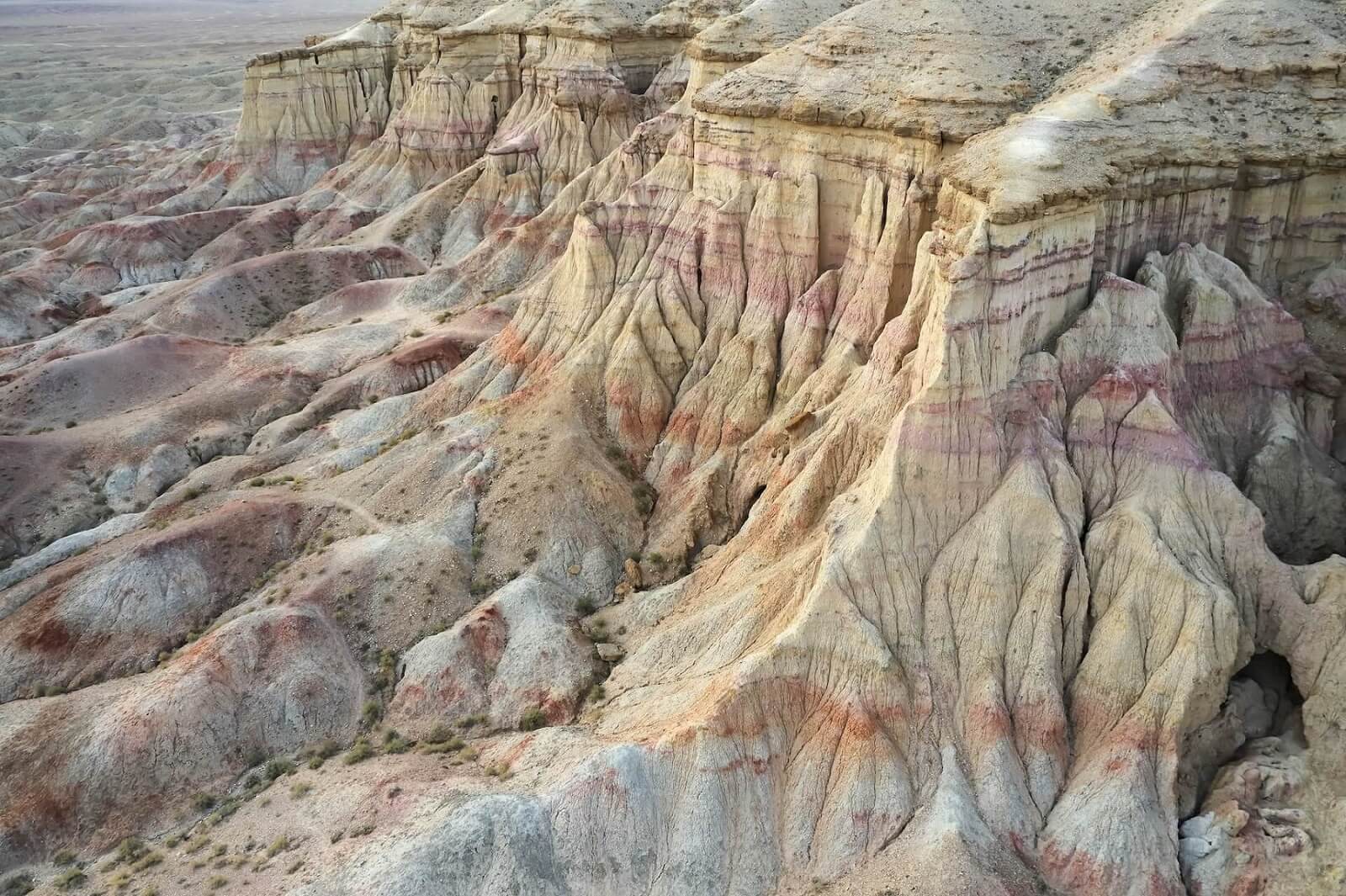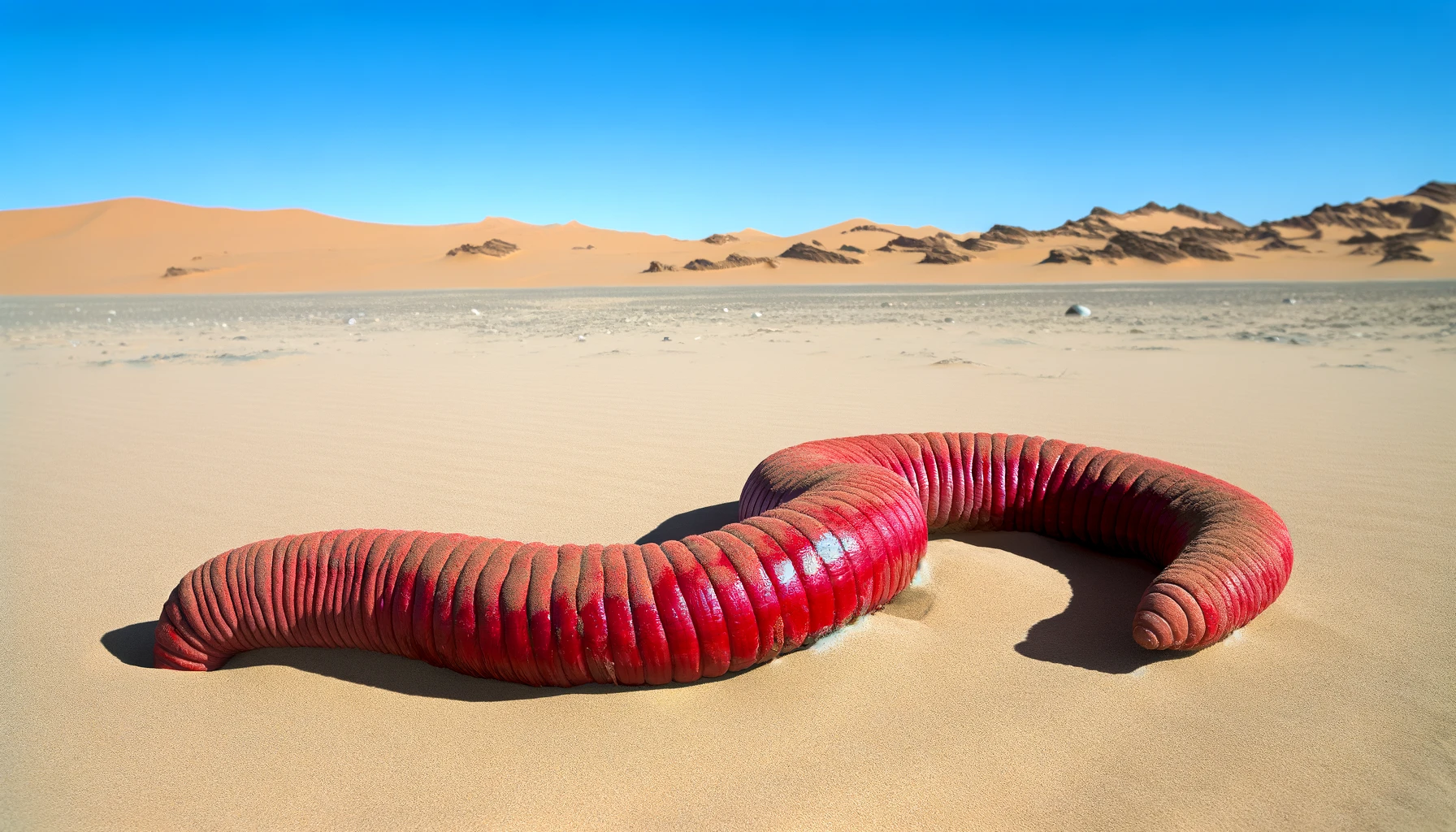Have you ever dreamed of exploring an untouched land of vast steppes, towering mountains, and ancient nomadic traditions?
Mongolia, the land of breathtaking landscapes and rich cultural heritage, is an adventurer’s paradise. Whether you’re seeking a deep cultural immersion, awe-inspiring natural wonders, or engaging in cultural encounters with local traditions and communities, Mongolia has something for everyone. Before embarking on your Mongolia tour, it’s essential to be well-prepared. From understanding visa requirements to knowing the best times to visit Mongolia, here’s everything you need to know to make your journey unforgettable.
Planning Your Mongolia Tour
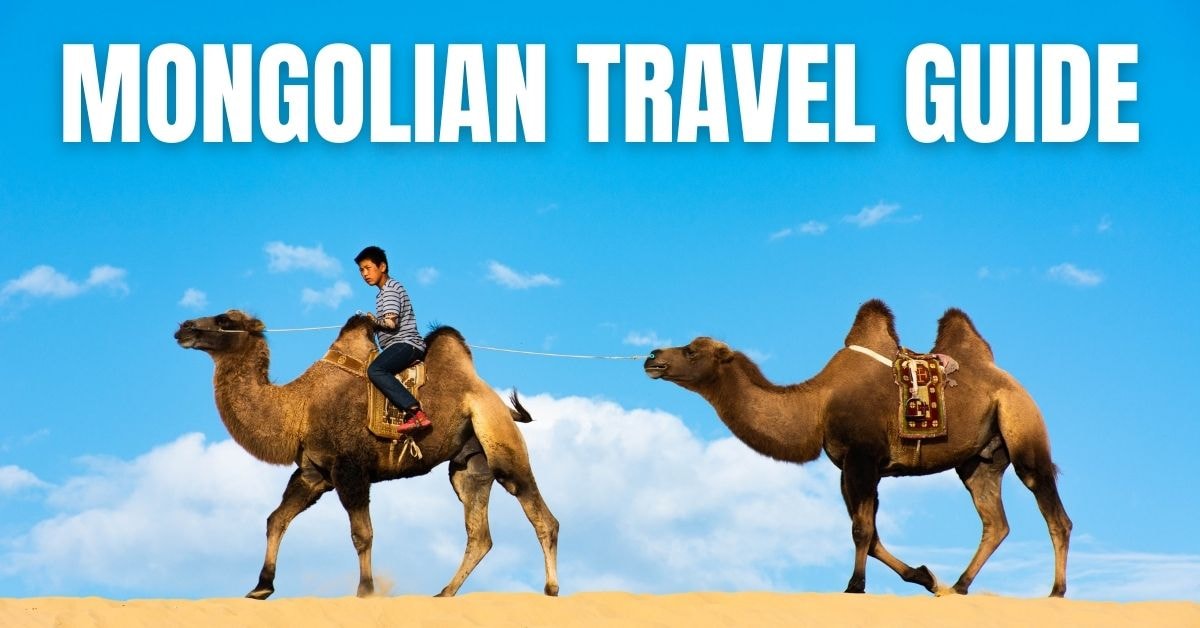
Visa Requirements for Mongolia
Mongolia is an accessible destination, but understanding visa policies is crucial. Before booking your Mongolia tour, check the visa regulations for your nationality. Mongolia offers visa-free entry for citizens of select countries for stays ranging from 14 to 90 days. For others, visas can be obtained online, at Mongolian embassies, or upon arrival. Ensure your passport is valid for at least six months beyond your planned departure date. If you’re planning a long-term stay, research available extensions or multiple-entry options.
Best Time to Visit Mongolia
Mongolia experiences extreme seasons, so planning your trip around the weather is crucial. When is the best time to do your Mongolia Tour?
- Summer (June to August): The most popular time to visit Mongolia, offering warm temperatures, lush landscapes, and the Naadam Festival.
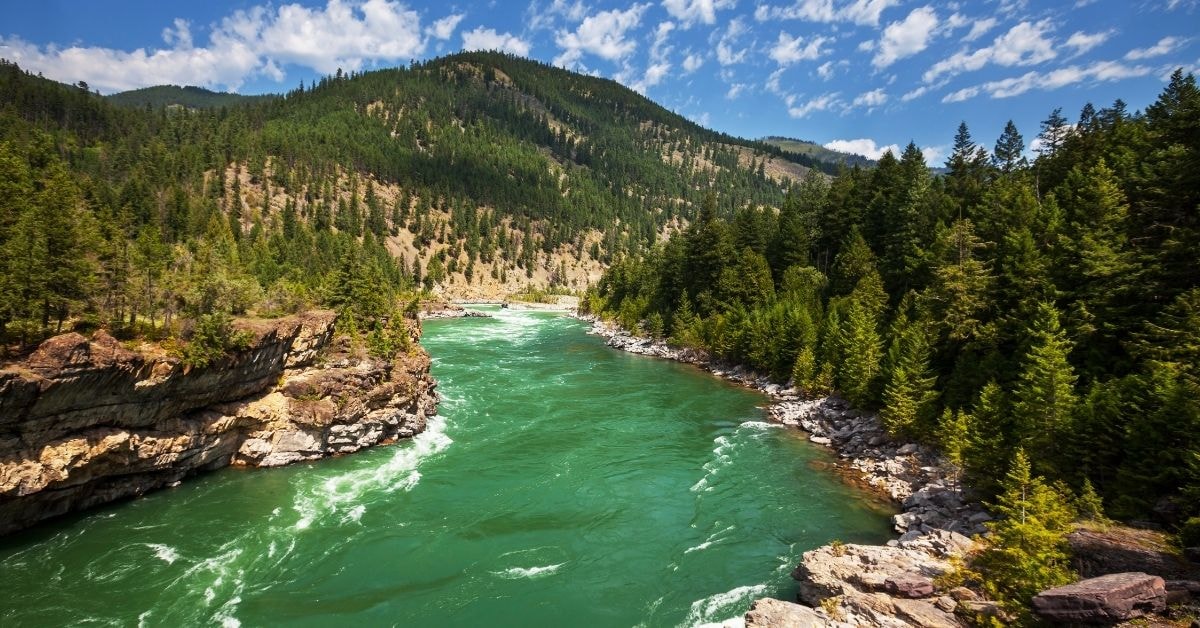
- Autumn (September to October): Fewer crowds, mild temperatures, and stunning fall colors.
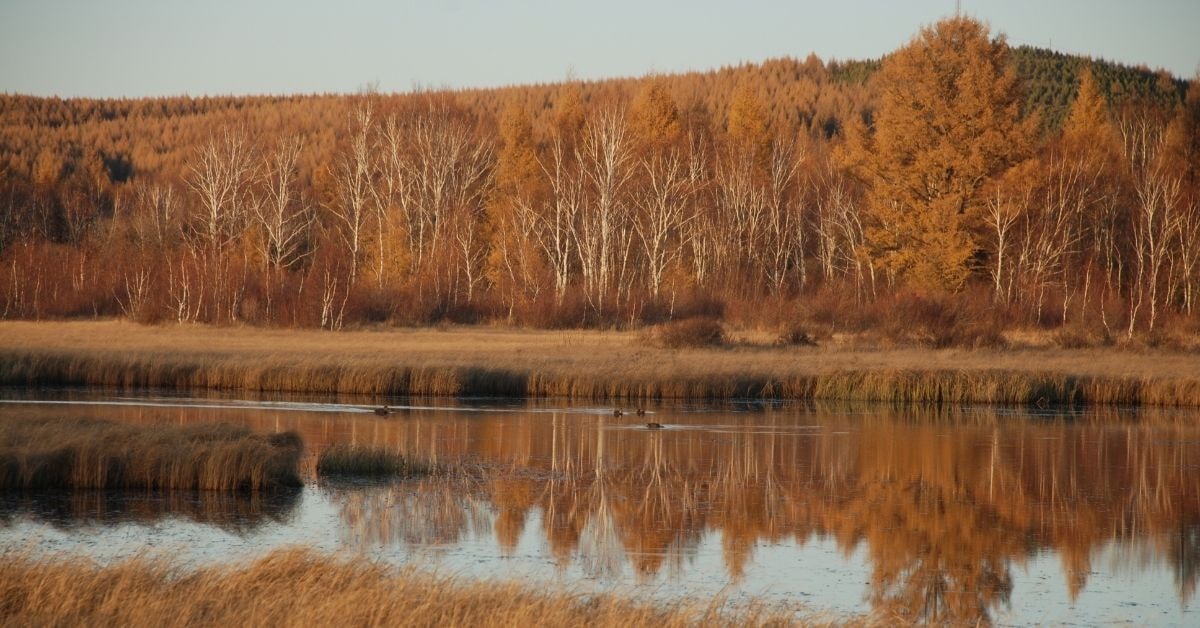
- Winter (November to February): Brutally cold but perfect for experiencing Tsagaan Sar (Lunar New Year) and Mongolia’s snow-covered beauty.
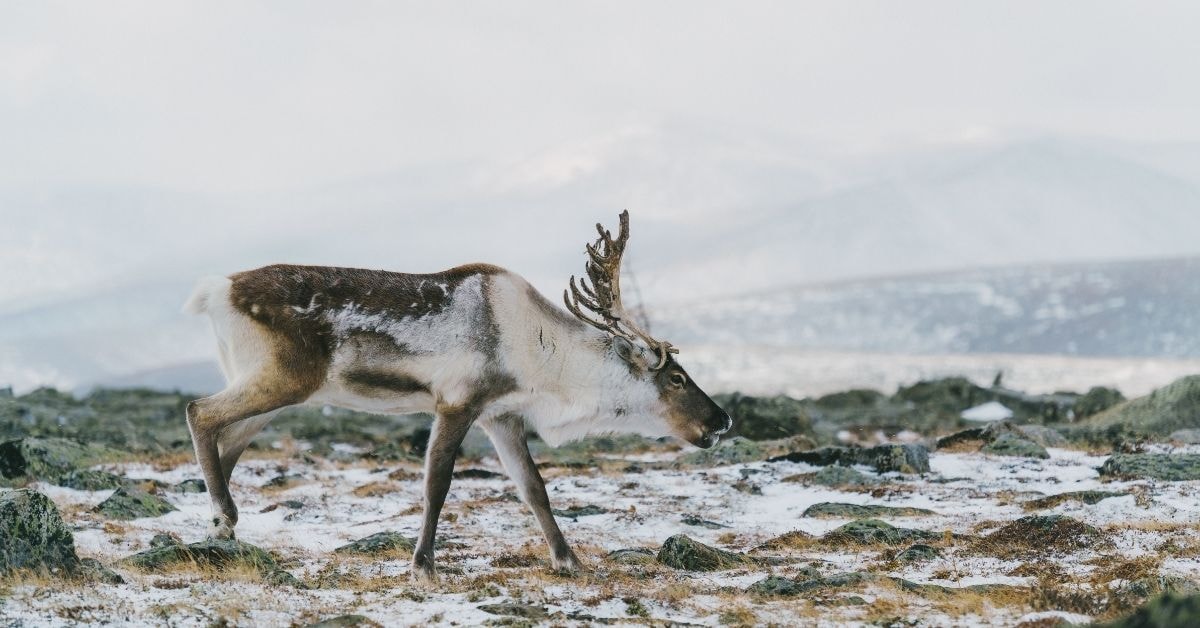
- Spring (March to May): Unpredictable weather but great for seeing newborn animals and fresh landscapes.
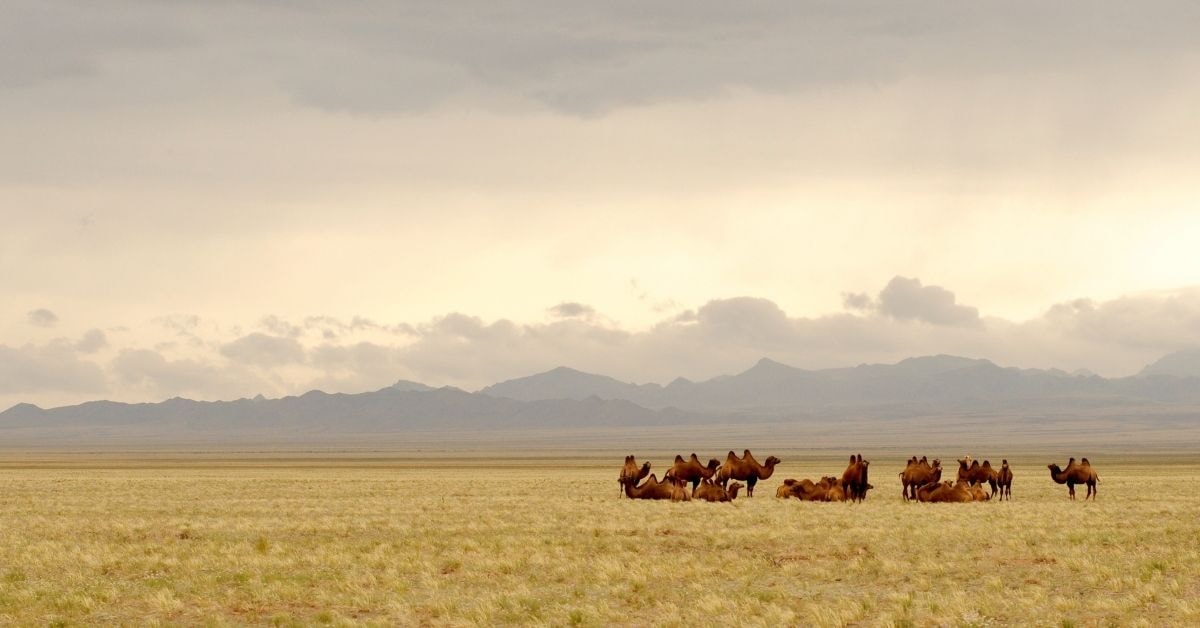
Top Mongolia Travel Itineraries
Here are some of the top Mongolia travel itineraries:
- The Gobi Desert Tour: This tour takes you through the stunning landscapes of the Gobi Desert, including the towering sand dunes of Khongoryn Els, the Flaming Cliffs where dinosaur fossils were discovered, and the serene Yolyn Am canyon. Experience the vastness and mystery of the desert while staying in traditional ger camps.
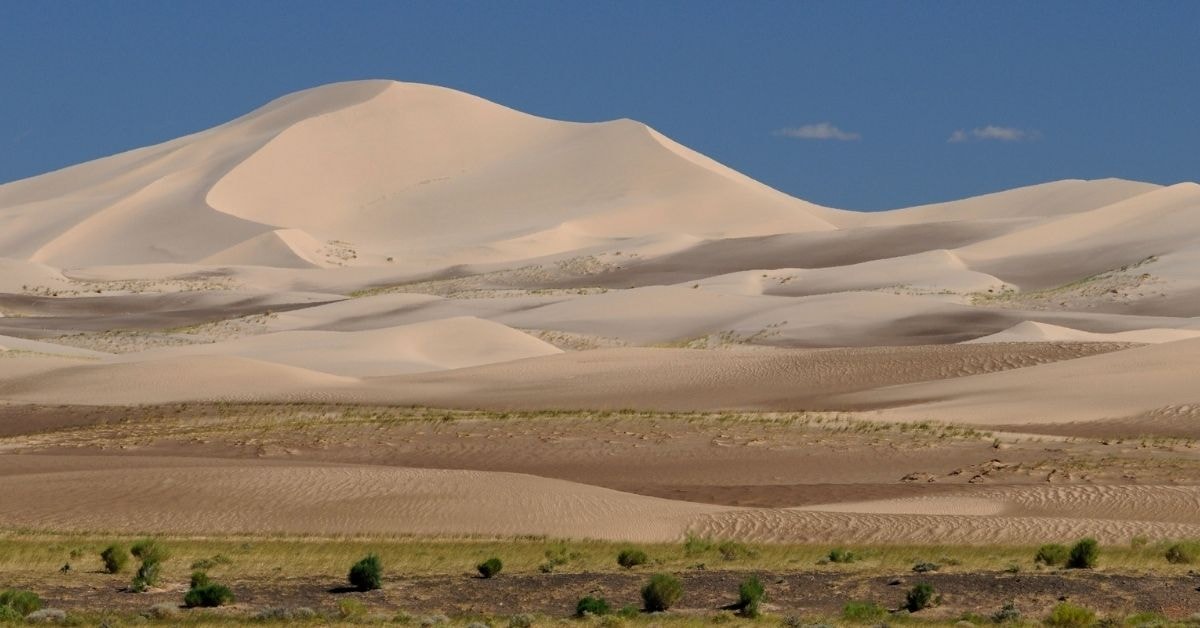
- The Altai Mountains Tour: This tour takes you through the beautiful Altai Mountains, where you can experience the traditional nomadic life and see the stunning scenery. Visit the Kazakh eagle hunters, explore the snow-capped peaks, and witness the unique cultural practices of the region.
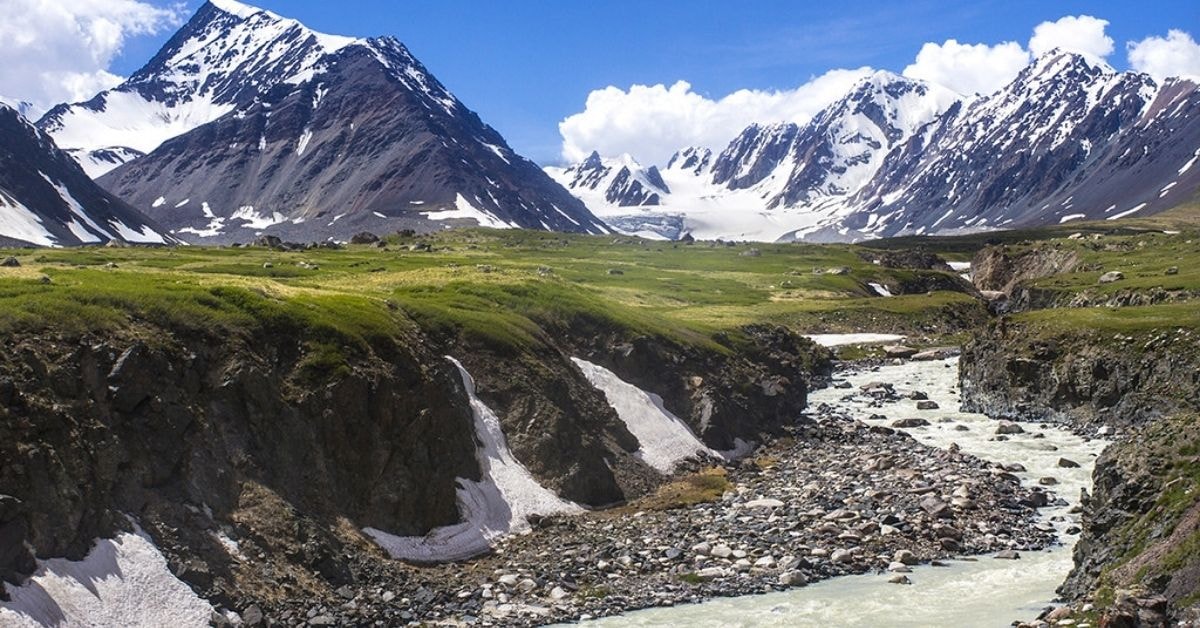
- The Central Mongolia Tour: This tour takes you through the heart of Mongolia, where you can experience the country’s rich history and culture. Visit the ancient capital of Kharkhorin, explore the Orkhon Valley, and enjoy the natural beauty of Terelj National Park.
- The Western Mongolia Tour: This tour takes you through the western part of the country, where you can see the stunning scenery and experience the traditional Kazakh culture. Visit the Altai Tavan Bogd National Park, meet the Kazakh eagle hunters, and explore the remote and rugged landscapes.
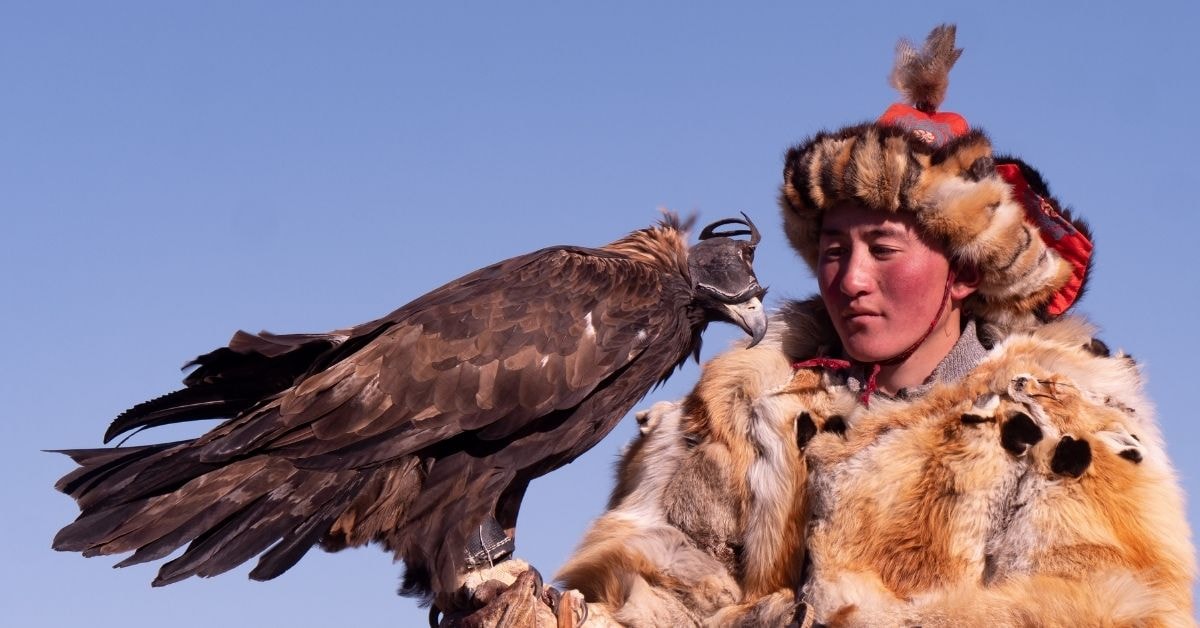 For a more personalized experience, consider booking a private tour, allowing flexibility in itinerary and exclusive cultural encounters. Each itinerary provides a unique blend of adventure and cultural immersion, ensuring an unforgettable journey through Mongolia.
For a more personalized experience, consider booking a private tour, allowing flexibility in itinerary and exclusive cultural encounters. Each itinerary provides a unique blend of adventure and cultural immersion, ensuring an unforgettable journey through Mongolia.
Getting to Mongolia
Getting to Mongolia can be a challenge, but there are several options available to your Mongolia Tour:
- By Air: The easiest way to get to Mongolia is by flying into Ulaanbaatar, the capital city. Several airlines operate flights to Ulaanbaatar, including Mongolian Airlines, Korean Air, and Aeroflot. Direct flights are available from major cities like Beijing, Moscow, and Seoul.
- By Land: You can also get to Mongolia by land, either by bus or by car. The most common route is from China, entering through the border town of Erenhot. You can also enter the country from Russia through the Altanbulag border crossing or from Kazakhstan through the Tsagaannuur border.
- By Train: The Trans-Mongolian Railway offers a scenic and adventurous way to reach Mongolia. The train service runs from Beijing to Ulaanbaatar, taking around 24 hours, and continues to Moscow, providing a unique travel experience through the vast landscapes of Mongolia.
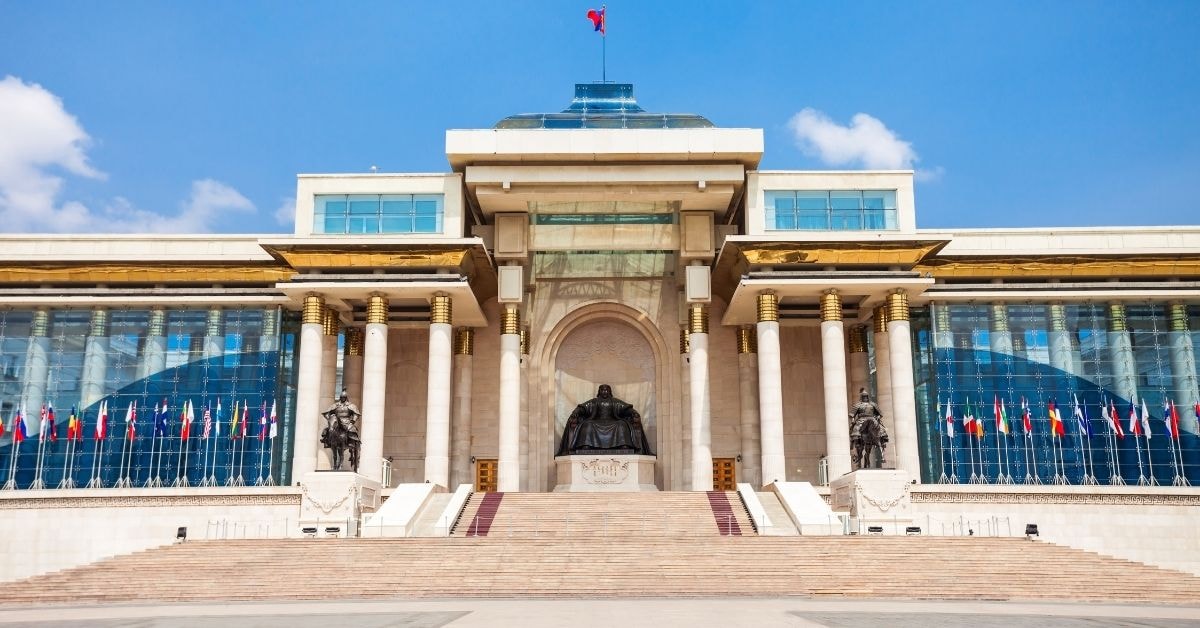
Currency and Budgeting in Mongolia
Mongolia’s official currency is the Mongolian Tugrik (MNT). While credit cards are accepted in major cities, cash is recommended for rural areas. ATMs are available, but it’s best to withdraw cash in Ulaanbaatar before heading to remote locations.
When planning your Mongolia tours, consider the diverse options available, from cultural interactions and adventurous activities to scenic explorations. Ratings and reviews from travelers can help you choose the best experiences, and many tours offer tailor-made itineraries and unique accommodations to enhance your travel.
Typical daily expenses:
- Budget travelers: $30-$50/day
- Mid-range travelers: $80-$150/day
- Luxury travelers: $200+/day

For a detailed cost breakdown, read our “Travel Budget Mongolia: How Much Does a Trip to Mongolia Cost?”
Accommodation and Food
Mongolia has a range of accommodations, from traditional ger camps to modern hotels. Here are some options:
- Ger Camps: Ger camps are a great way to experience the traditional Mongolian way of life. You can stay in a ger, which is a traditional Mongolian yurt, and experience the local culture. Ger camps are often located in scenic areas, providing a unique and immersive experience.
- Hotels: There are several hotels in Ulaanbaatar and other major towns, offering comfortable accommodations and modern amenities. Hotels range from budget options to luxury establishments, catering to different preferences and budgets.
- Homestays: You can also stay with a local nomadic family, which is a great way to experience the traditional Mongolian way of life. Homestays offer a unique opportunity to learn about nomadic customs, participate in daily activities, and enjoy traditional meals.
Mongolian cuisine is based on meat and dairy products and is often served with rice or noodles. Here are some popular dishes:
- Boortsog: Boortsog is a traditional Mongolian fried dough snack, often served with tea or as a dessert. It is a staple in Mongolian households and is enjoyed by locals and visitors alike.
- Khorkhog: Khorkhog is a traditional Mongolian barbecue dish made from meat and vegetables. The meat is cooked with hot stones in a sealed container, resulting in a tender and flavorful dish.
- Airag: Airag is a traditional Mongolian drink made from fermented horse milk. It has a slightly sour taste and is often enjoyed during festivals and special occasions.
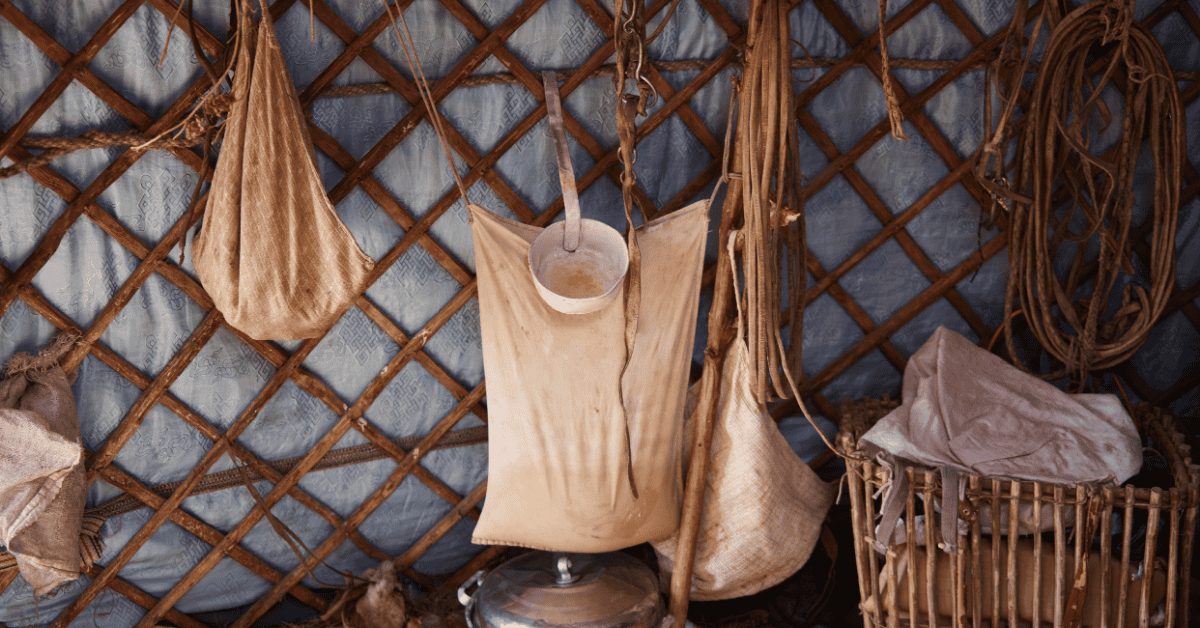
Cultural Etiquette, Local Customs, and Nomadic Life
Mongolian culture is rich with traditions rooted in nomadic life. To better understand these customs, check out Mongolian Custom: How to Overcome Cultural Shocks in Mongolia Here are key cultural aspects:
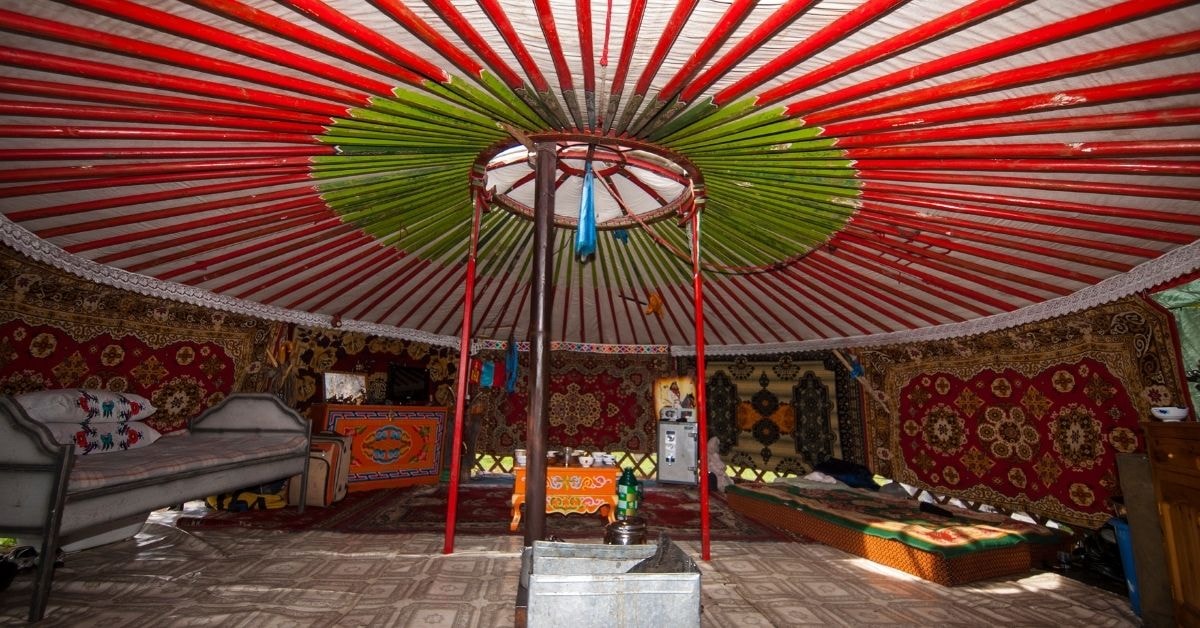
- Respect the Ger: Enter with your right foot first and avoid stepping on the threshold. The ger is considered sacred, and this simple action shows respect. “Many nomadic herders welcome visitors into their gers, offering an authentic glimpse into their daily routines and centuries-old traditions.”
- Accepting Food: If offered airag (fermented mare’s milk) or suutei tsai (salty milk tea), take at least a sip. Declining hospitality can be seen as rude.
- Avoid Whistling Indoors: Considered bad luck, whistling is thought to attract misfortune.
- Giving and Receiving Items: Use both hands or support your right hand with your left. A slight bow while accepting is a gesture of politeness.
- Respect Local Beliefs: Many Mongolians practice Buddhism or shamanism, and sacred sites should be visited with proper decorum.
- Attend a Traditional Mongolian Dance: Experience a rich blend of folk music, singing, and unique instruments, such as the horse fiddle and traditional throat singing, immersing yourself in the vibrant cultural heritage of Mongolia.
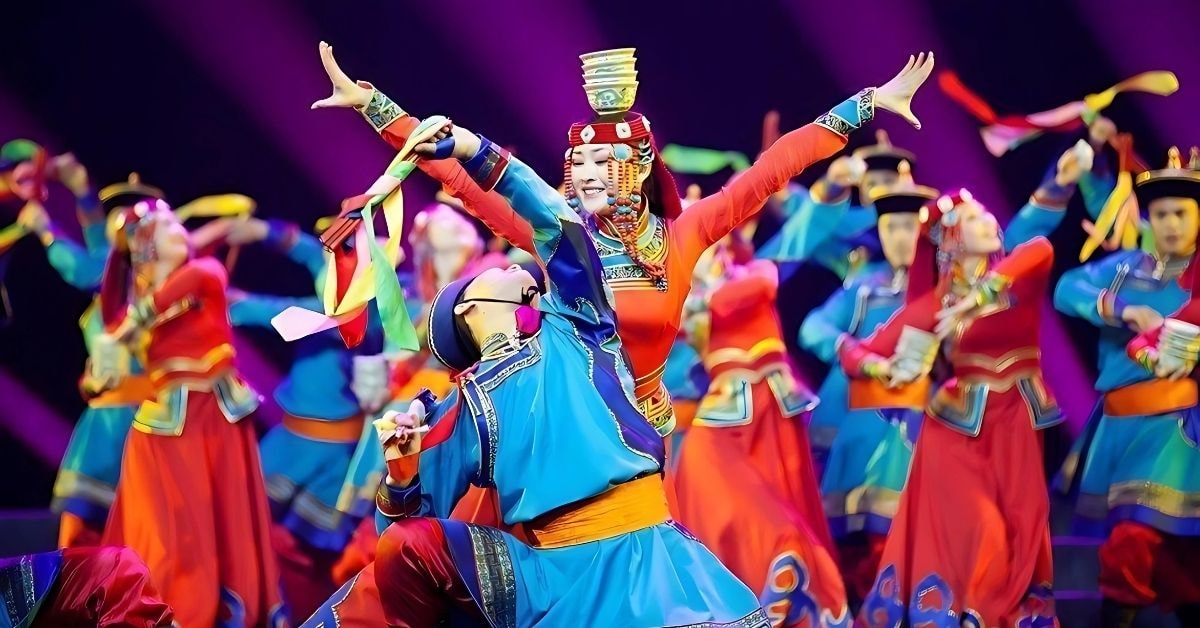
Transportation in Mongolia
Mongolia’s vast landscapes require careful transportation planning:
- Domestic Flights: Best for reaching distant locations like the Gobi Desert.
- Trains: The Trans-Mongolian Railway connects Ulaanbaatar with Russia and China.
- Public Buses: Limited in rural areas but available in cities.
- Private Tours & Rentals: A popular option for remote areas, often requiring a driver and a 4×4 vehicle. “Opting for a private tour allows you to explore Mongolia’s remote regions at your own pace, including national parks where you can witness wild horses roaming freely.”
- Self-Driving in Mongolia: “For adventure seekers, some rugged trails are perfect for a mountain bike, offering a unique way to explore Mongolia’s remote landscapes.”
Must-Visit Places in Central Mongolia
From bustling cities to untouched wilderness, Central Mongolia has something for every traveler. Here are the top destinations you shouldn’t miss:
Terelj National Park: Known for its stunning landscapes and unique rock formations, Terelj National Park is also historically significant due to its connection to Genghis Khan. The park is near the iconic Genghis Khan statue, a major tourist attraction that celebrates the legacy of his conquests and their impact on Mongolia’s identity and landscape.
1. Ulaanbaatar – The Capital City
A mix of modernity and tradition, featuring Gandan Monastery, Sukhbaatar Square, and the National Museum of Mongolia.
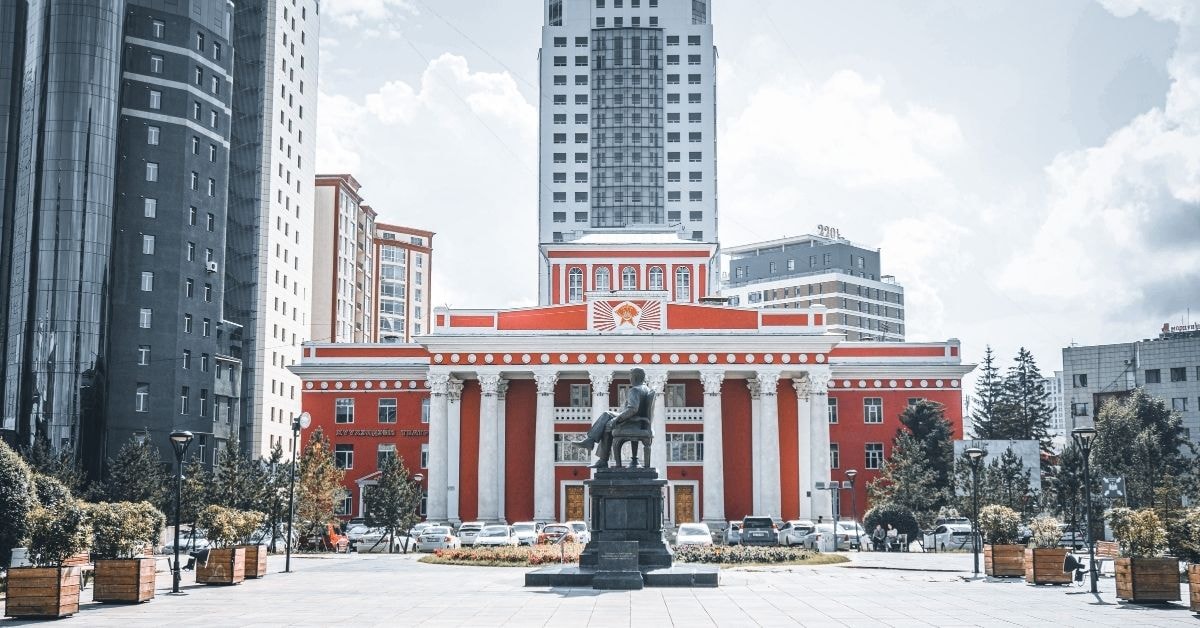
Gobi Desert – Vast and Mysterious Sand Dunes
Home to Flaming Cliffs, Khongoryn Els dunes, and Yolyn Am canyon. One of the best ways to experience the vastness of the Gobi is through camel riding, a traditional mode of transport used by nomads for centuries.
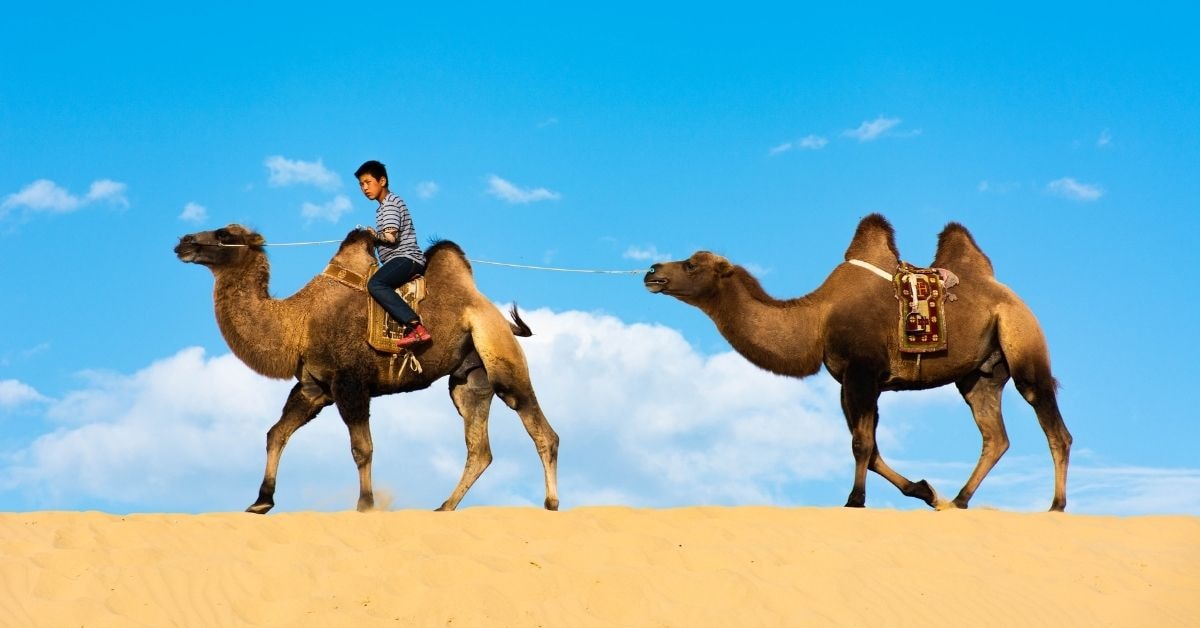
3. Terelj National Park – Nature and Adventure
Offers hiking, horseback riding, and even mountain bike visit to Turtle Rock and Aryabal Monastery.
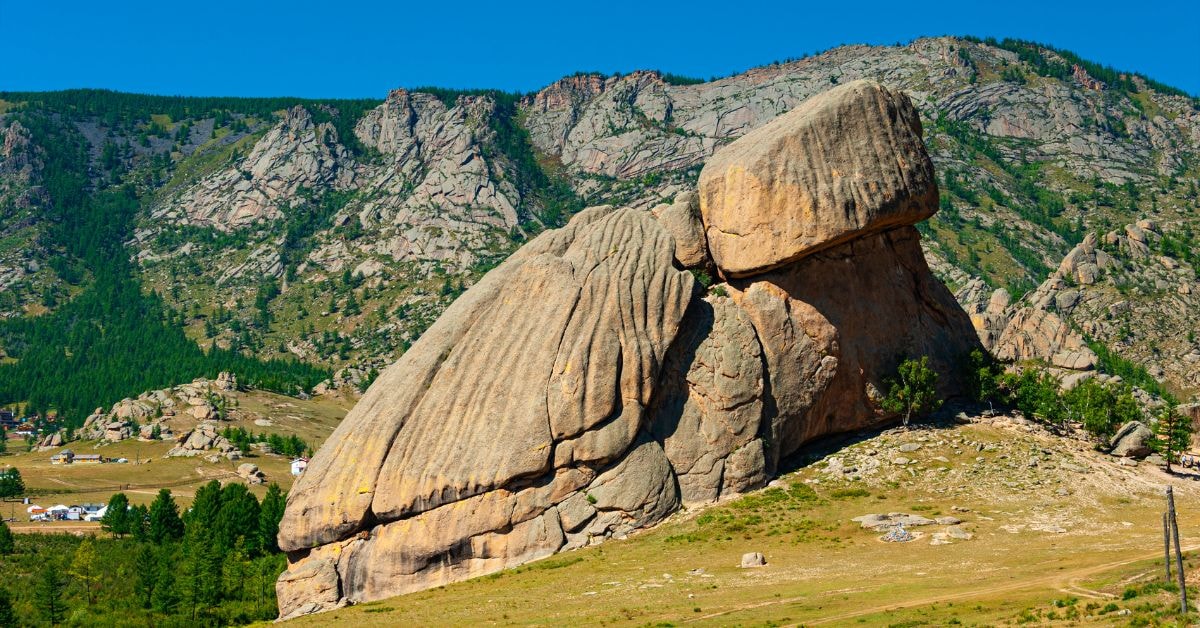
4. Khuvsgul Lake – The Blue Pearl
A pristine lake surrounded by forests and home to the Tsaatan (reindeer herders).
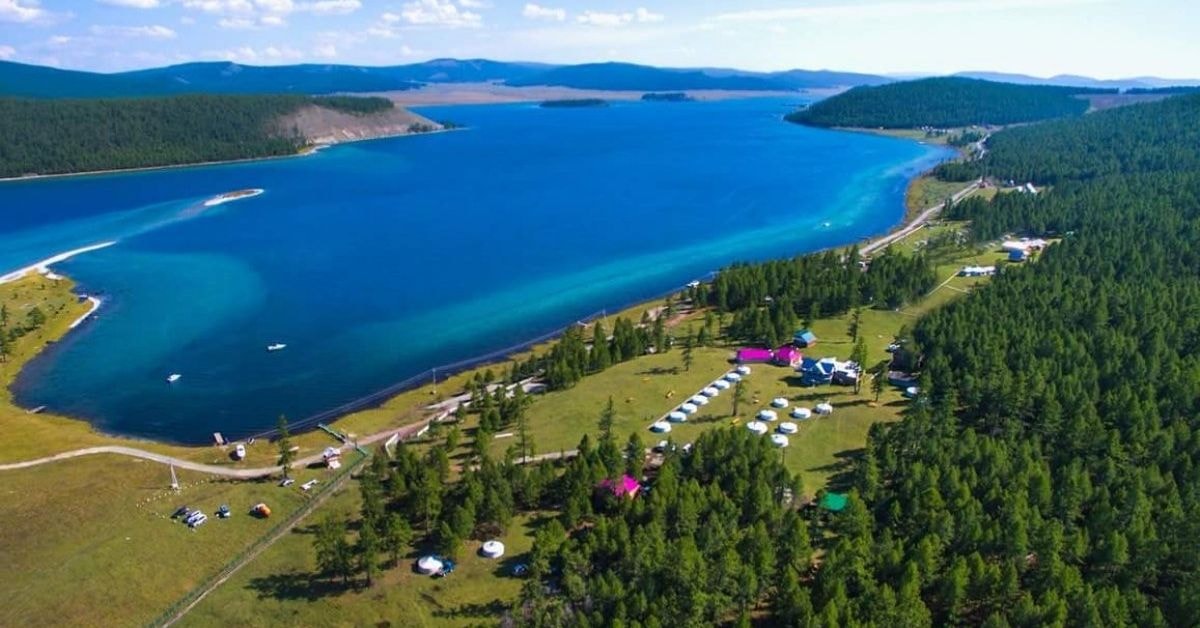
5. Altai Tavan Bogd National Park – Peaks and Glaciers
Features Mongolia’s highest peaks, glaciers, and the Golden Eagle Festival.
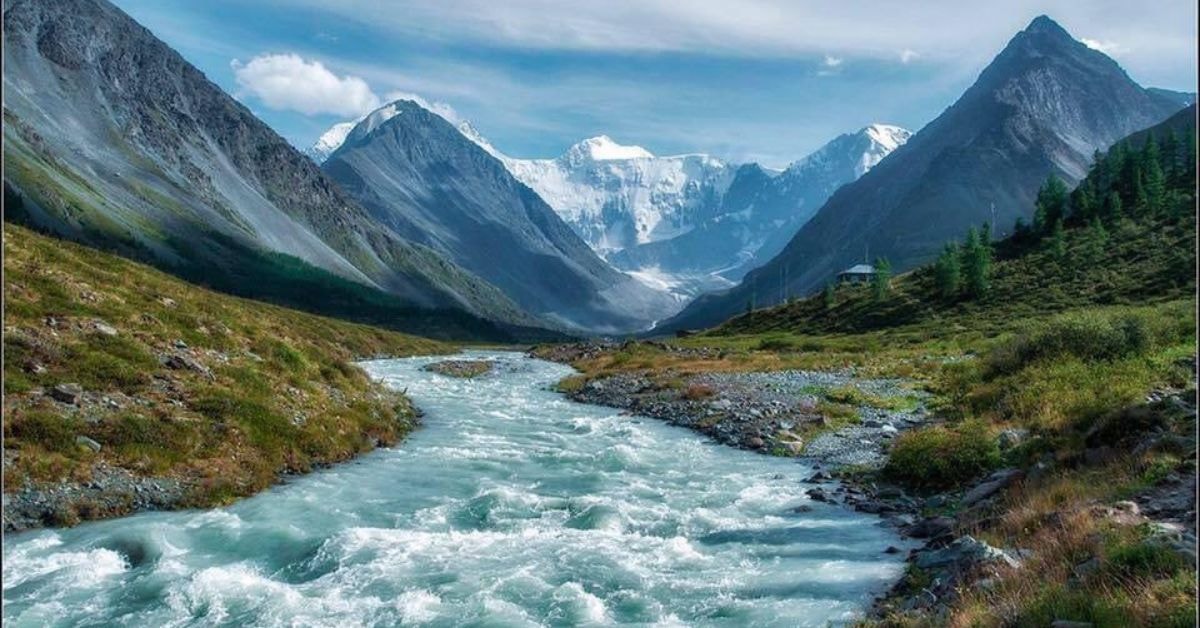
6. Orkhon Valley – Cradle of Mongolian History
A UNESCO World Heritage Site with ancient ruins and waterfalls.
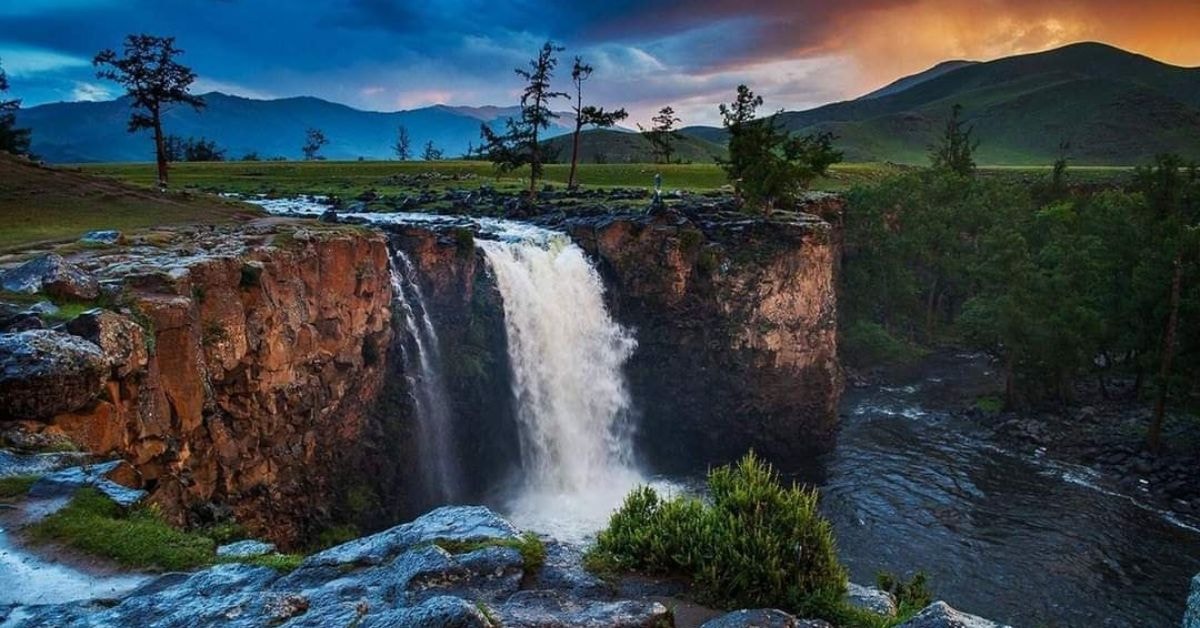
7. Kharkhorin – The Ancient Capital
Explore Erdene Zuu Monastery, Mongolia’s oldest Buddhist monastery.
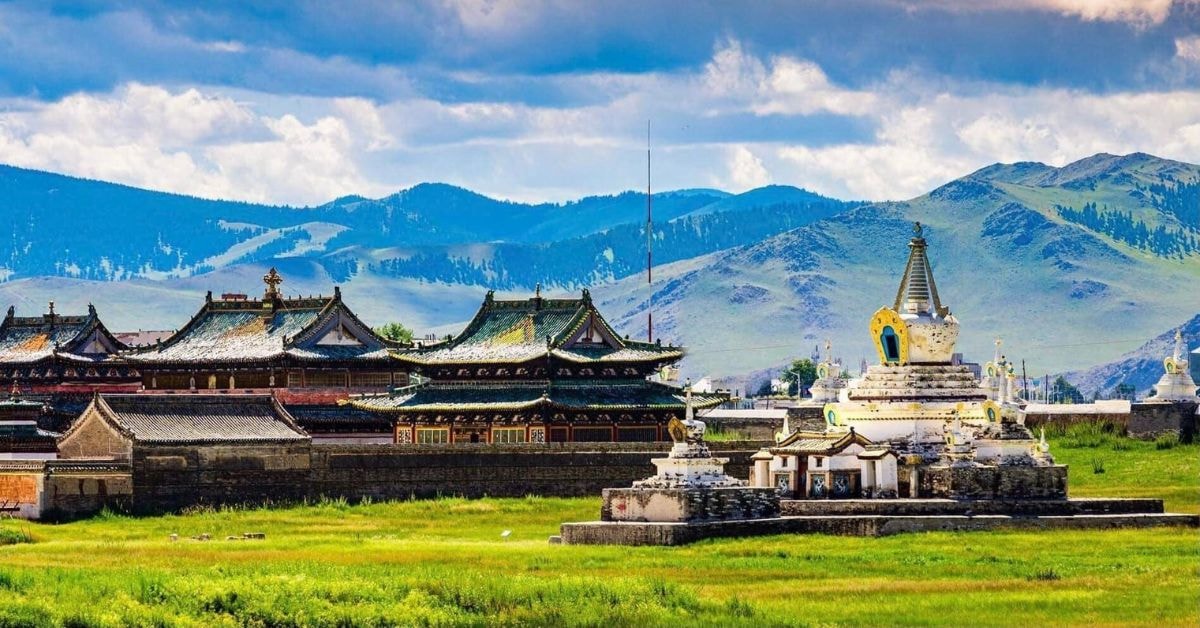
8. Hustai National Park – Home of the Wild Takhi Horses
The only place in the world where wild horses, specifically Przewalski’s horses (Takhi), roam freely, highlighting Mongolia’s rich natural heritage and offering a unique travel experience to observe these majestic animals in their natural habitat.
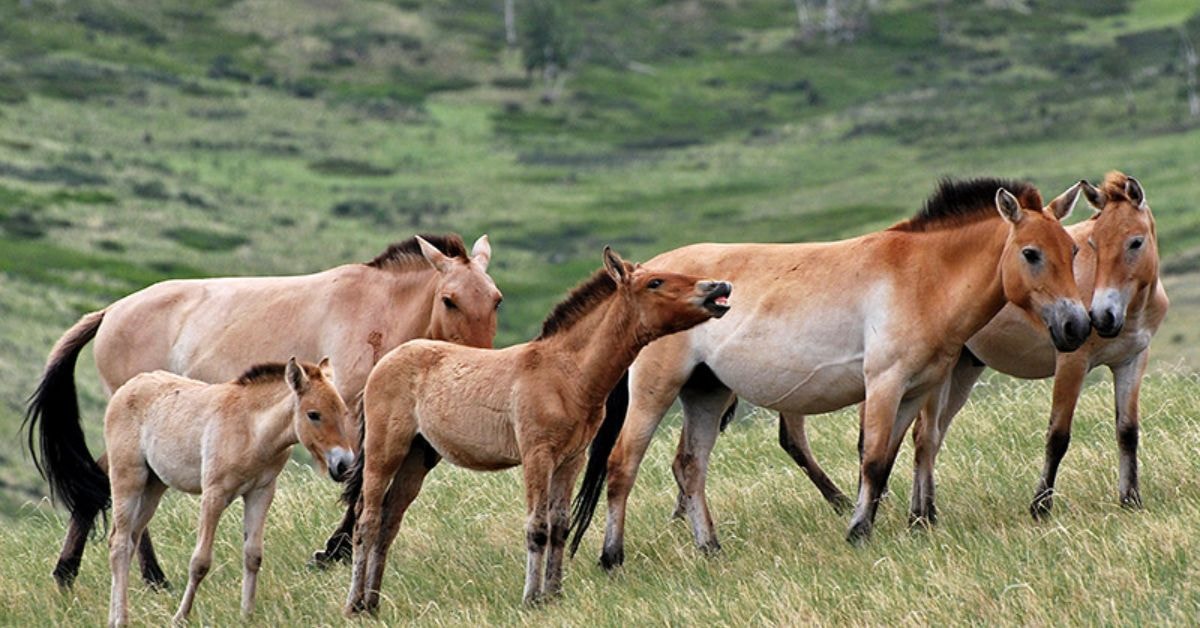
9. Tsaatan Reindeer Herders – A Unique Cultural Experience
Meet the indigenous Tsaatan people and learn about reindeer herding traditions.
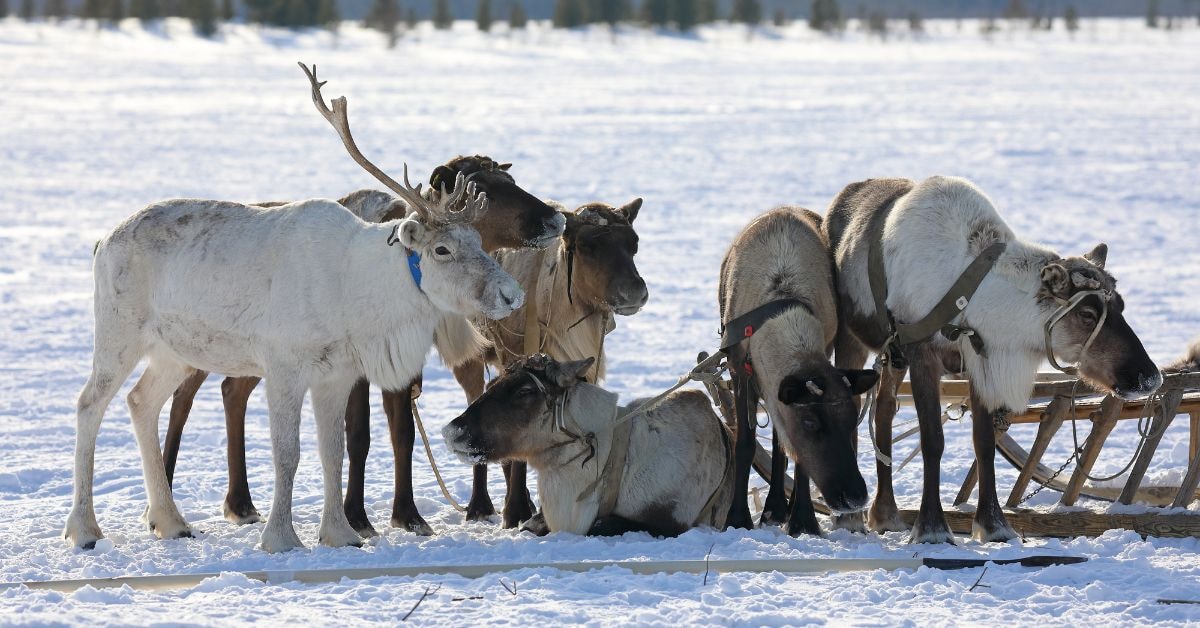
10. White Stupa (Tsagaan Suvarga) – Natural Wonder
A stunning limestone formation with shifting colors throughout the day.
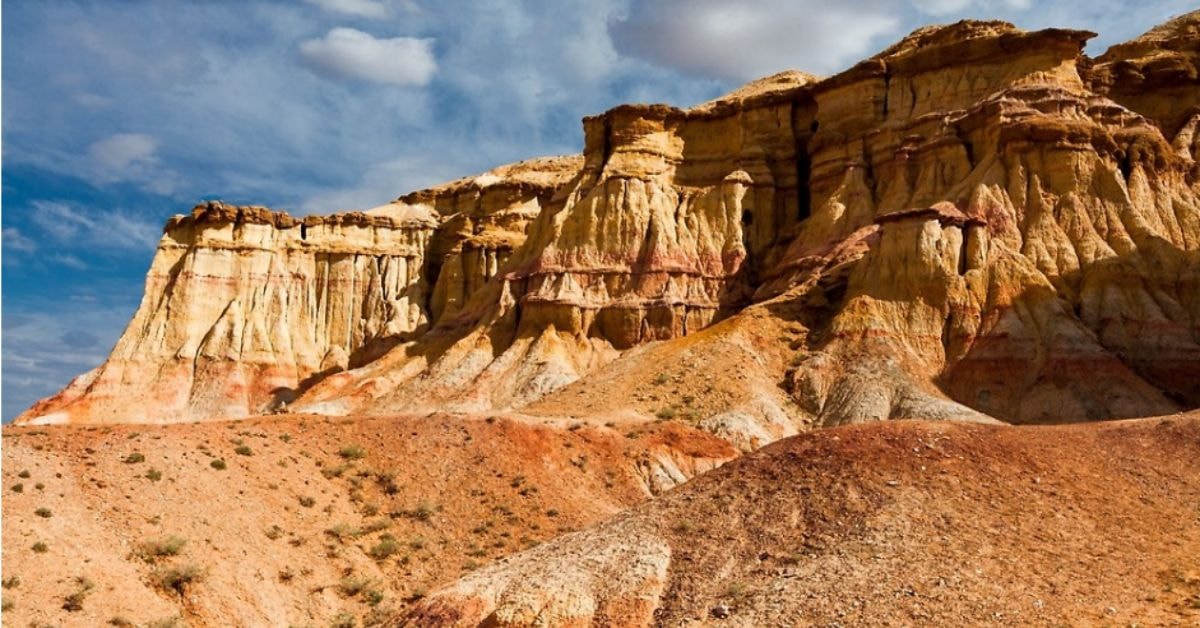
For more hidden gems, read Mongolia’s Hidden Gems: 7 Underrated Destinations You Need to See.
Essential Packing List
For a complete checklist, see The Complete Mongolia Travel Packing List: Essentials & Tips for a Smart Trip
- Clothing: Layered outfits, waterproof gear, sturdy boots.
- Toiletries: Wet wipes, sanitizer, biodegradable soap.
- Tech & Gadgets: Power bank, universal adapter, camera.
- Medications: Motion sickness pills, altitude sickness tablets, first-aid kit.
- Navigation Tools: Offline GPS app or detailed map.
- Outdoor Gear: Sleeping bag for cold nights in gers.
Insider Tips for a Smooth Mongolia Tour
Maximize your experience in Mongolia with these expert tips:
- Book Early: Especially during peak seasons like Naadam. Hotels, flights, and tours fill up quickly.
- Learn Basic Mongolian Phrases: Even simple words like “Bayarlalaa” (Thank you) go a long way in connecting with locals.
- Respect Nature: Follow Leave No Trace principles and be mindful of Mongolia’s fragile ecosystems.
- Try Local Food: Sample buuz (dumplings), khuushuur (fried pastry), and mutton-based dishes for an authentic taste of Mongolian cuisine.
- Carry Cash: Rural areas have limited card facilities, so having local currency is essential.
- Prepare for Weather Extremes: Mongolia’s climate is unpredictable, with drastic temperature shifts within a single day.
- Embrace the Nomadic Lifestyle: If you’re staying with a nomadic family, adapt to their customs and daily routines for a truly immersive experience.When you Travel Mongolia, embracing local customs and being well-prepared will make your journey even more memorable.
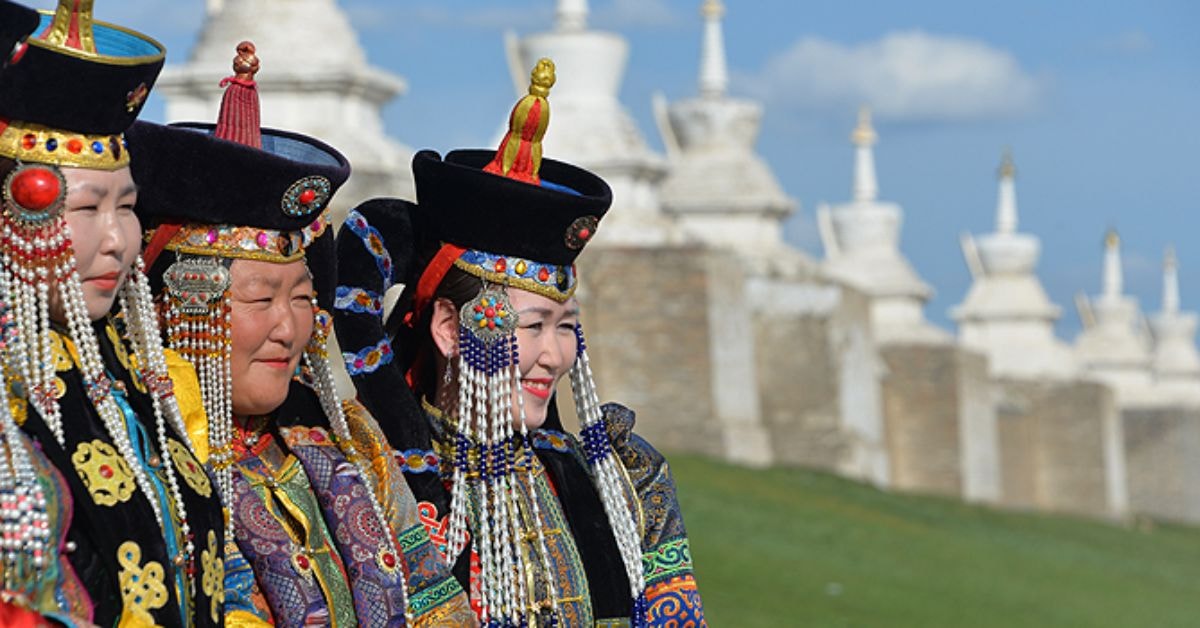
A Mongolia tour is an adventure like no other, filled with cultural richness, breathtaking landscapes, and warm hospitality. When you travel Mongolia, you can enjoy unique and experiential tours that offer personalized, adventure-filled itineraries. Whether you’re riding horses across the steppe, trekking through the Altai Mountains or Gobi Desert, or immersing yourself in centuries-old traditions, Mongolia is a destination that will leave a lasting impression.
By preparing properly and understanding local customs, you can make the most of your trip. For further reading, explore guides on budgeting for your Mongolia tour, packing essentials for an adventure trip, and navigating Mongolia’s vast landscapes.
